As Botswana’s borders open up to international travellers, Wilderness Safaris is thrilled to start welcoming guests to our exclusive wildlife areas from mid-December 2020. At our camps, the true luxury is your access to private wilderness – teeming with birdlife, game and predators. The extreme remoteness and small size of our camps currently hosting guests make them ideal for social distancing. Wilderness Safaris camps in operation include Mombo, Vumbura Plains, Jao, King’s Pool, Qorokwe, Jacana and Kalahari Plains.
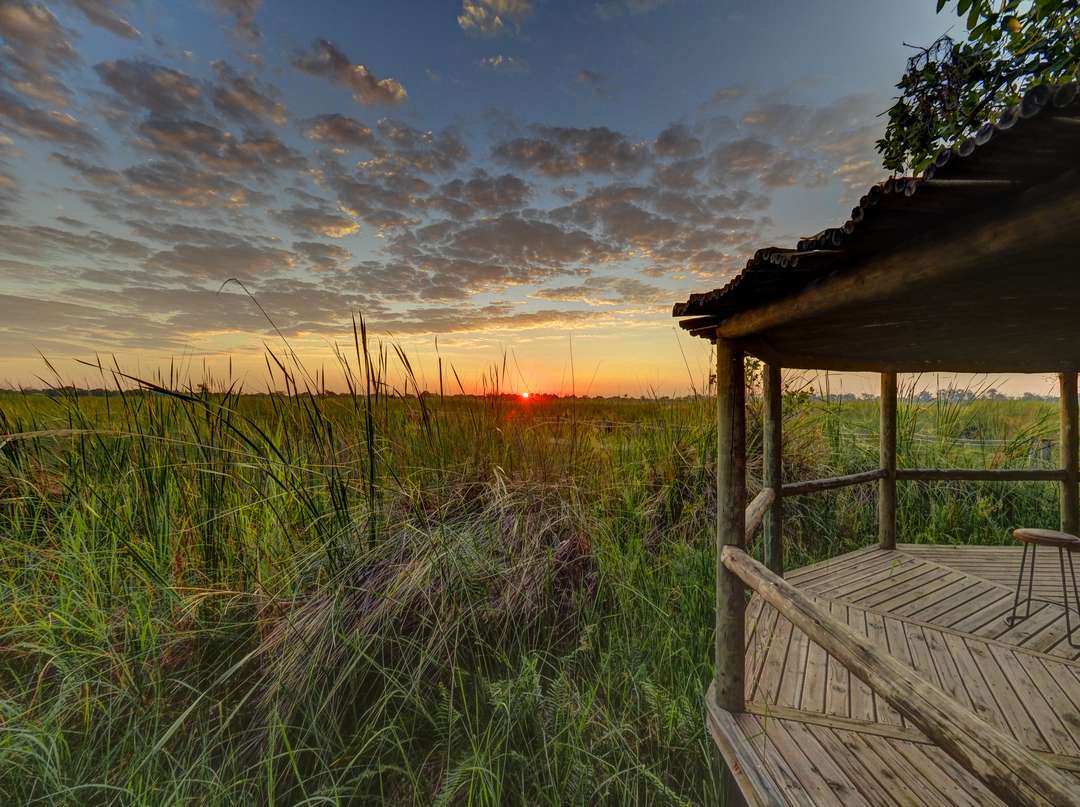
Bountiful Botswana
The Kalahari Desert, part of the world’s largest unbroken expanse of sand, forms the bulk of Botswana. Yet within it lies a jewel: the Okavango Delta, a wondrous wetland that receives its waters from rain falling a thousand kilometres away, sustaining a huge diversity of fauna and flora. In the north-east of the country, the Chobe and Linyanti reserves are renowned for their predators and high concentrations of game, while to the south lies the Central Kalahari Game Reserve, one of the biggest protected areas in Africa, its diverse arid-adapted wildlife and starkly scenic landscapes offering an amazing contrast to the rest of the country.
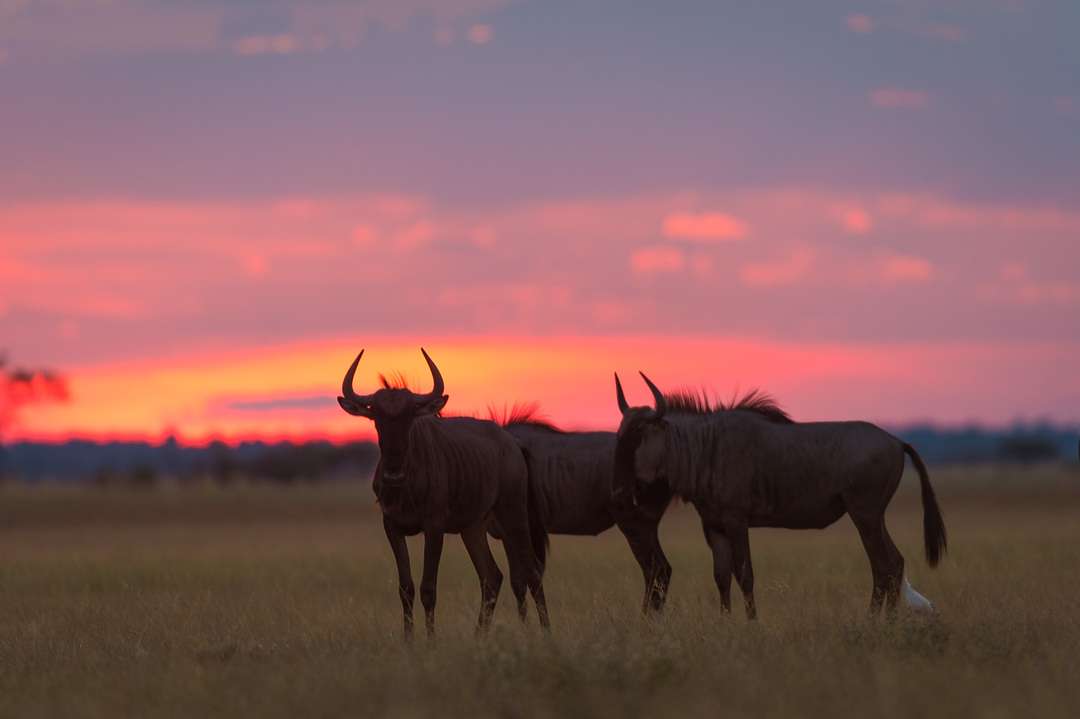
We operate in only the best wilderness areas of Botswana, from the flat, arid savannah of the Kalahari Desert, which can be explored from Kalahari Plains Camp, to the wondrous Okavango Delta that lies within the desert; this ‘desert wetland’ is home to an amazing array of fauna and flora, which can be experienced at Mombo, Vumbura Plains, Jao, Jacana and Qorokwe camps. And in the north-east, the Linyanti Wildlife Reserve is renowned for its predators and game, seen in large concentrations while on safari at King’s Pool.
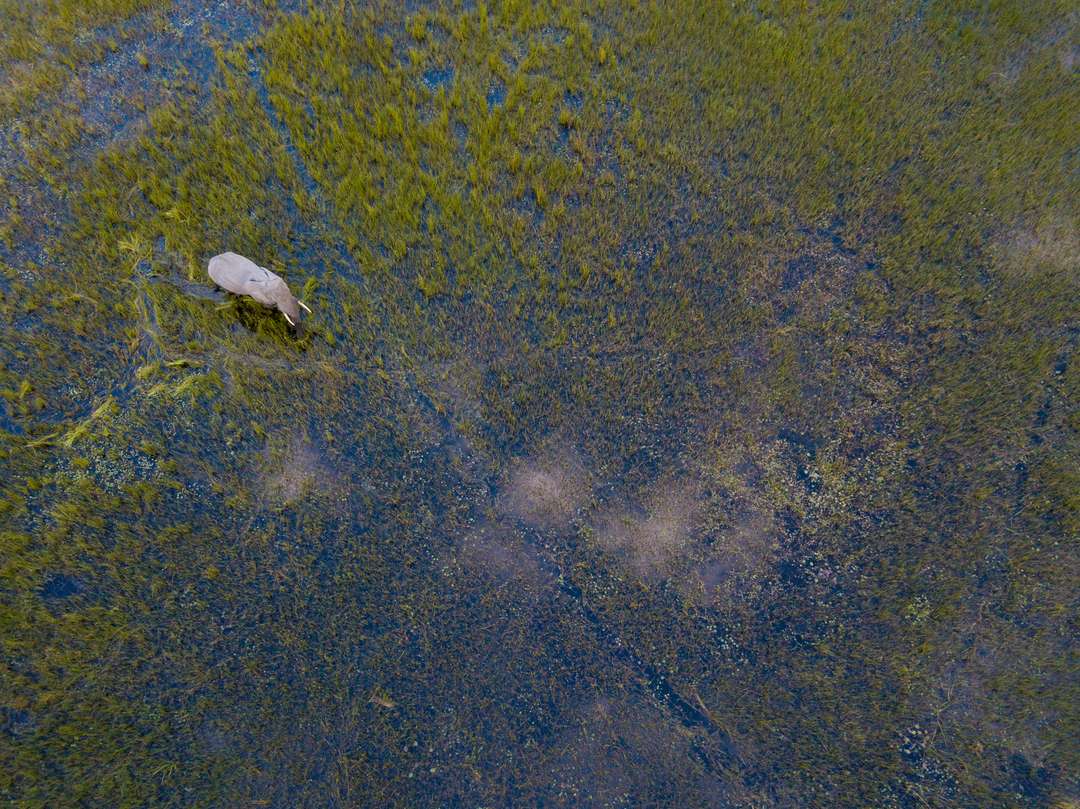
While the emphasis of a Botswana safari is often on large mammals – and there are plenty of these – there are many other specialised creatures to be seen and admired . As many as 580 bird species have been recorded in Botswana, with 75 larger mammal species known to occur and more than 80 fish species identified in the Okavango alone. But overall it is often the sense of wilderness, and pristine, functioning ecosystems that have the most significant impact on visitors.
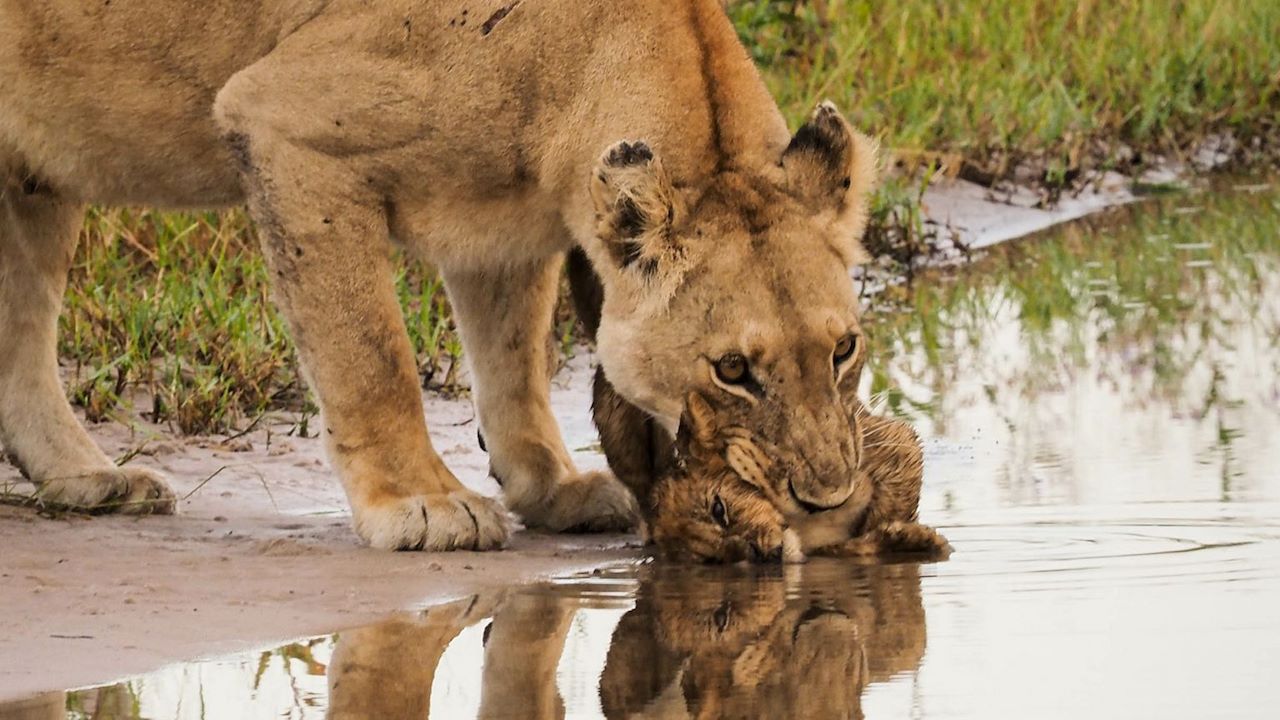
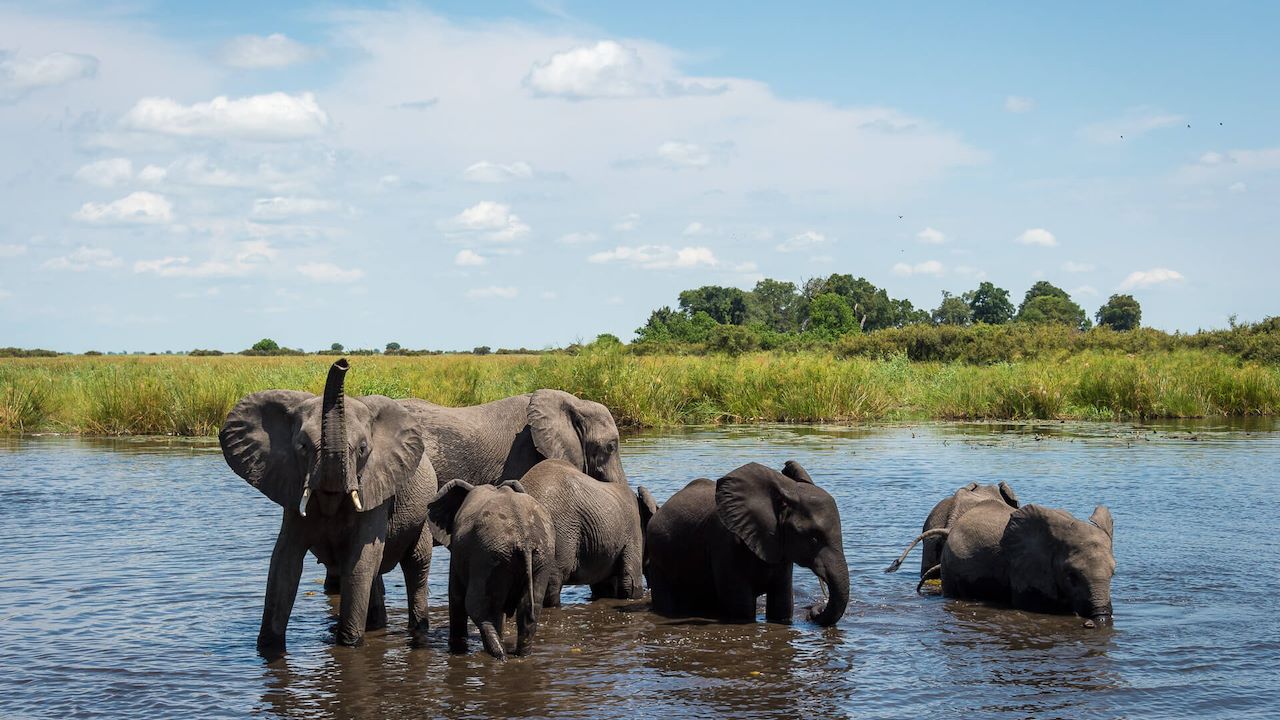
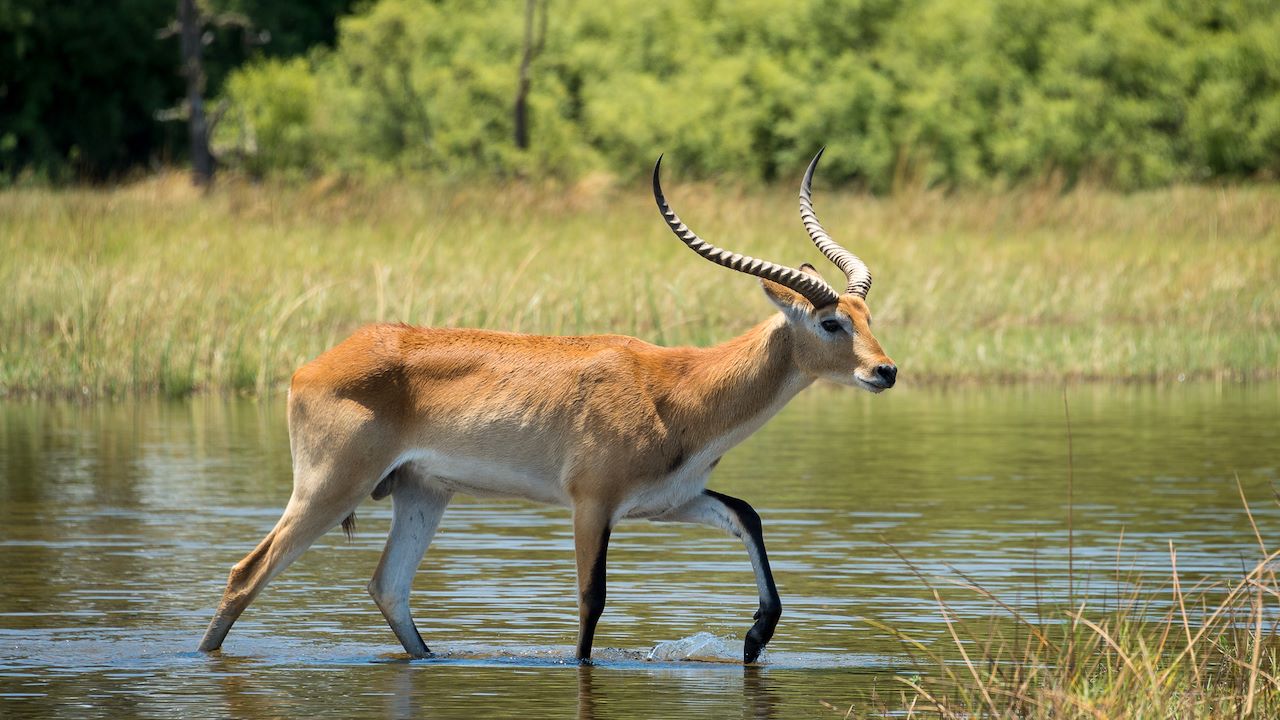




Central Kalahari Game Reserve
Occupying a noteworthy swathe of central Botswana, the five million-hectare Central Kalahari Game Reserve (CKGR) is one of the largest protected areas in Africa. While it may seem barren at first sight, the Kalahari is in fact home to a great many plants and animals. A number of San clans still live here too .
The CKGR is a vast expanse of scrub-covered fossil dunes lining ancient river valleys. During the rains (November to April), the desert comes to life, with huge herds of plains game followed by predators large and small, resulting in some of the best summer wildlife viewing in Botswana.
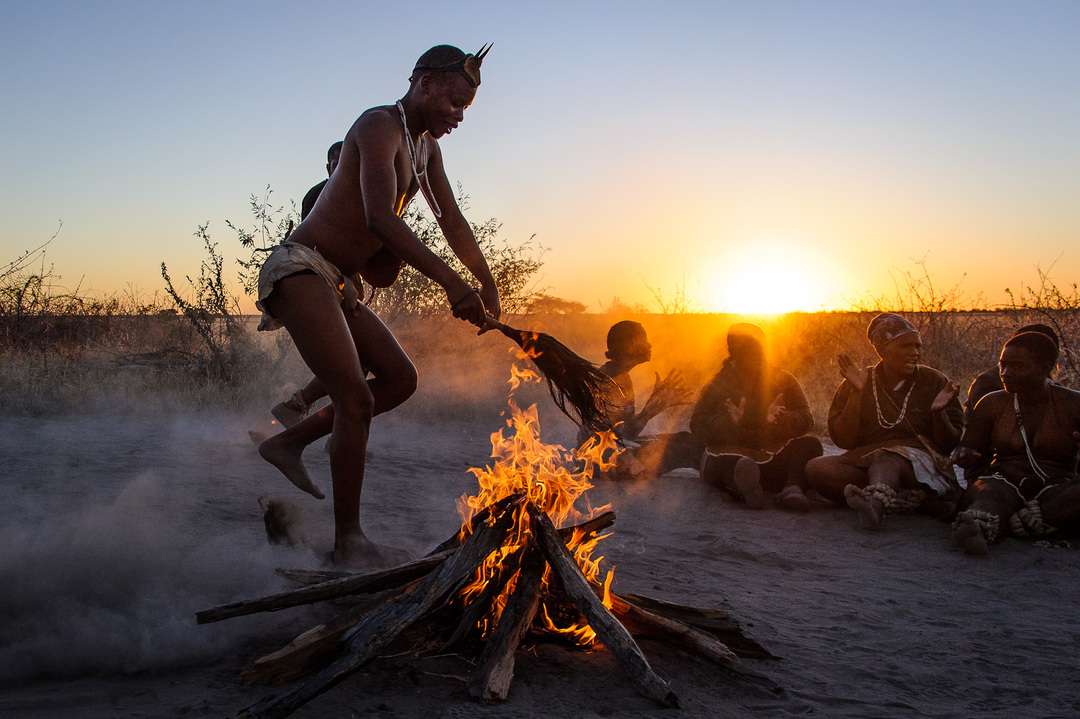
Space, Skies, Vast Plains and Infinite Horizons – Kalahari Plains
Situated in the north-east of the immense CKGR (twice the size of Vermont or Turkey), Kalahari Plains – one of our first 100% solar-powered camps – overlooks an open valley, offering endless vistas towards the horizon and star-studded skies by night. This area is home to the legendary black-maned lion and boasts some of the best cheetah viewing in Africa, especially in the summer months when large herds of springbok, oryx and wildebeest attract predators from all corners of the desert.
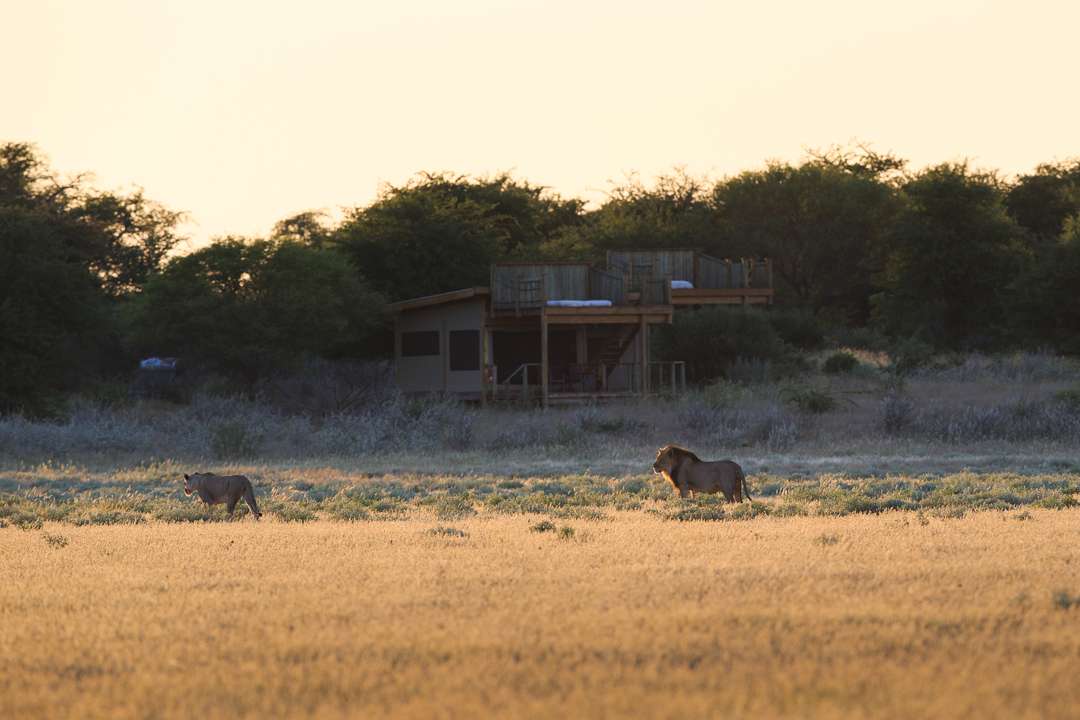
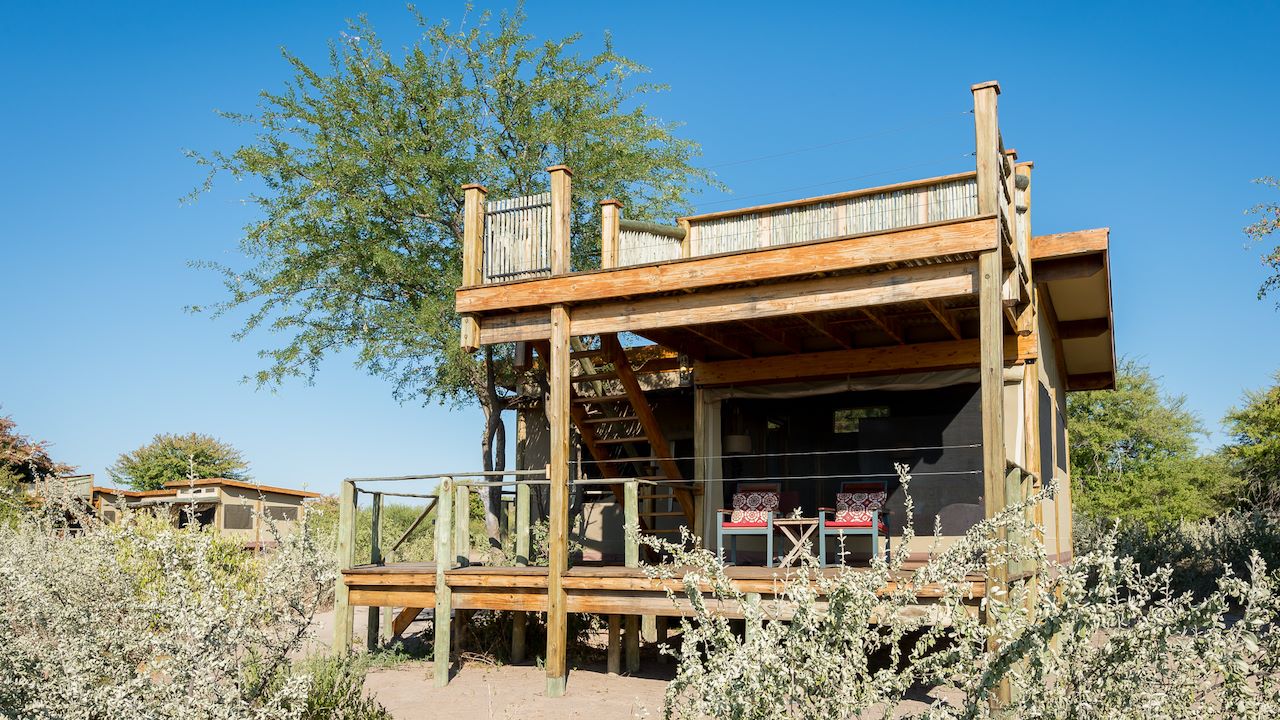
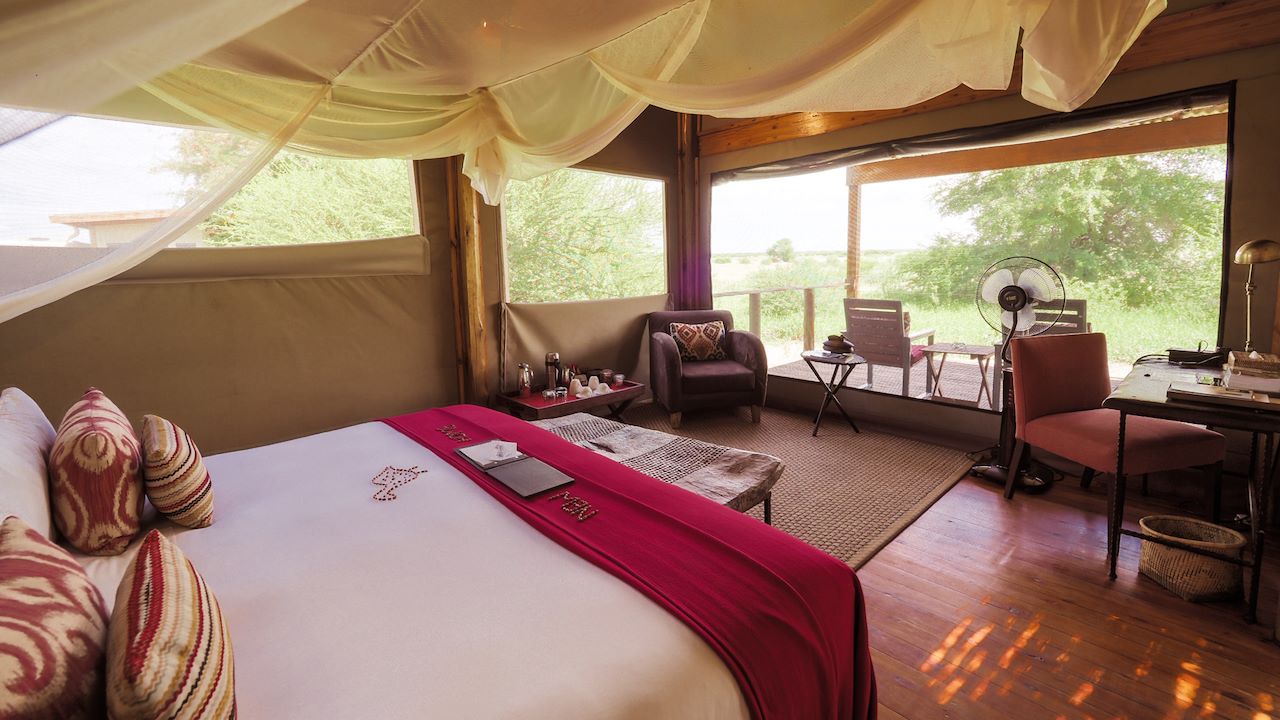
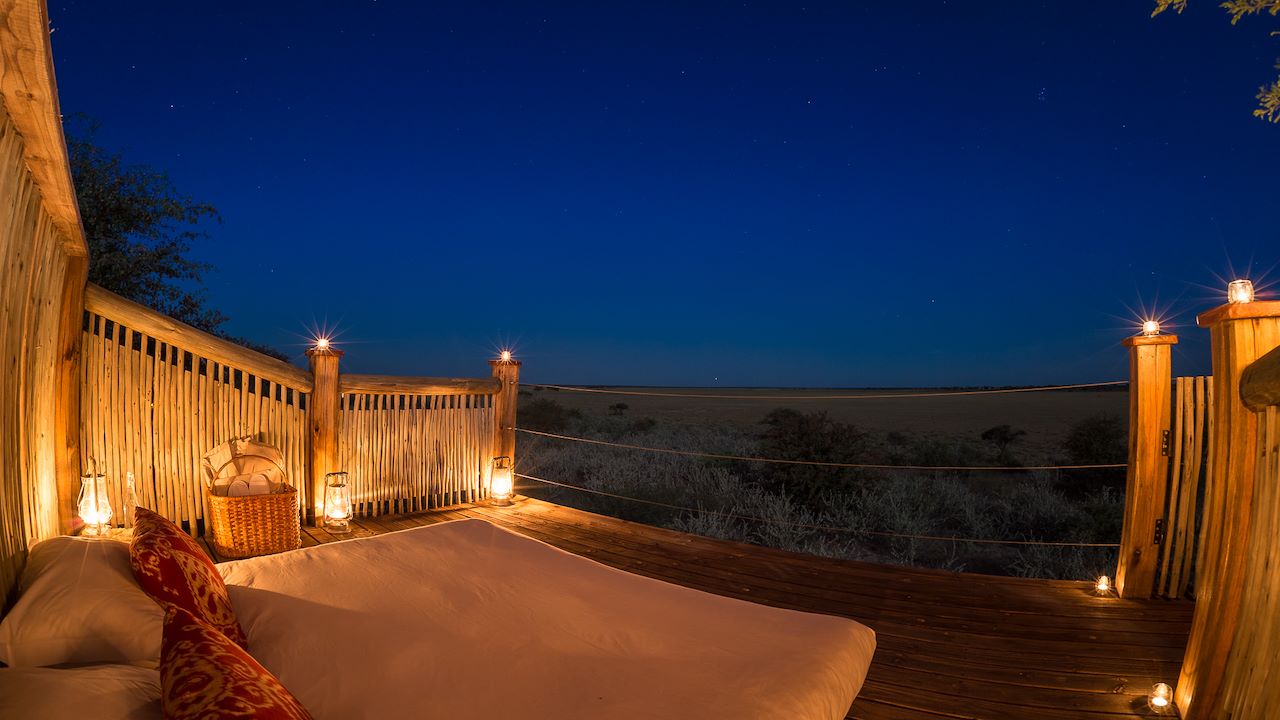



We established Kalahari Plains primarily to allow our guests to experience the unique dry savannah habitats of Botswana, so different to the wet northern regions. Both animal and plant life have adapted well to this arid reserve, and when we arrived, we did too.
A highlight of any stay at Kalahari Plains is the San Cultural Experience. This informative and entertaining walk not only helps you reconnect with nature as you explore the small wonders of the desert, but you will also learn about the amazing community that is the San. Enjoy as one of our local staff members teaches you to dig for water, identify animal tracks and – if you are brave enough – take on a professional and see who can start a fire first from nothing but sticks and twigs.
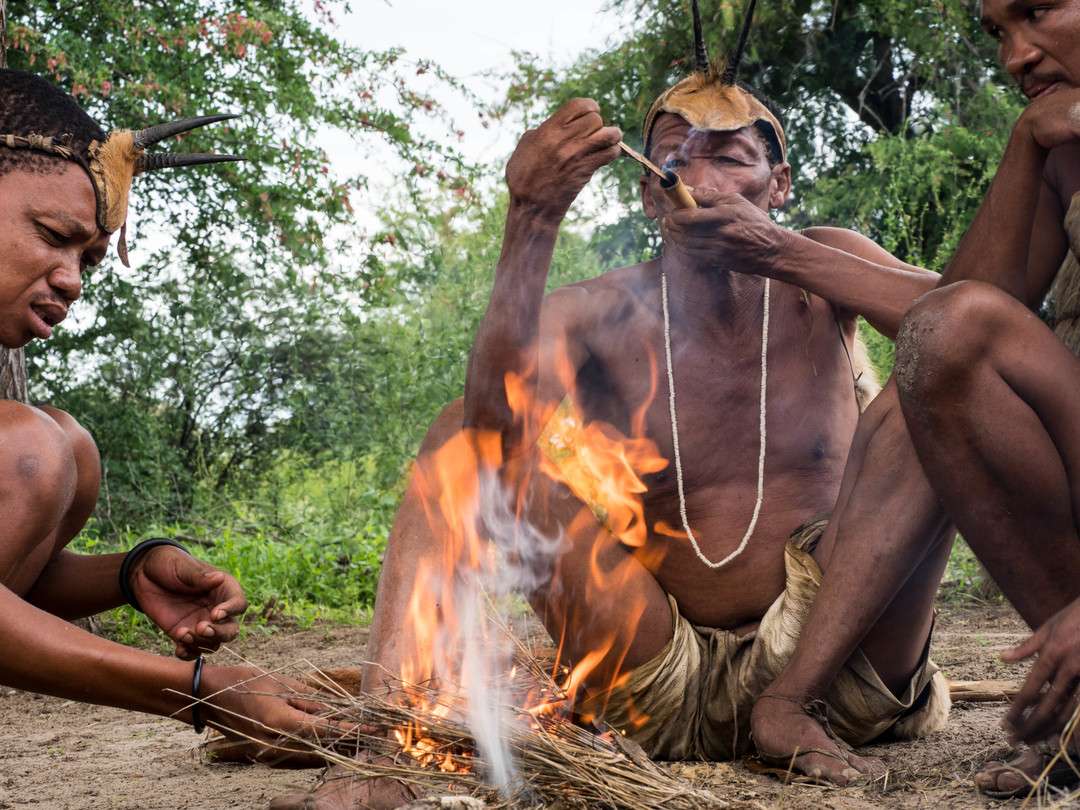
Okavango Delta
The world’s largest inland delta and a World Heritage Site, the Okavango is one of the richest and most varied habitats in Africa, and ranks as a top wildlife destination.
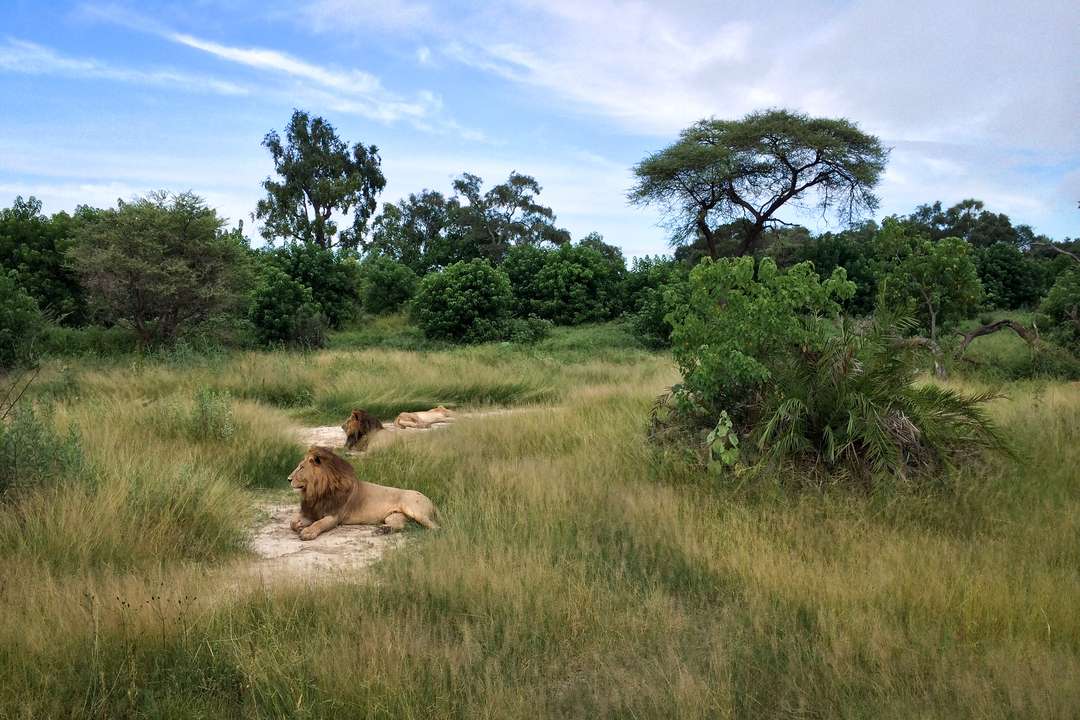
The Okavango Delta consists of 15 000 square kilometres of water channels, lagoons and islands, forming an extraordinary wilderness sanctuary. Each year, floodwaters flow from Angola, to create this incredible wetland habitat. Home to hundreds of species of animals and birds, the Delta offers the chance to spot creatures such as sitatunga antelope, wild dog and wattled crane that are not often seen elsewhere.
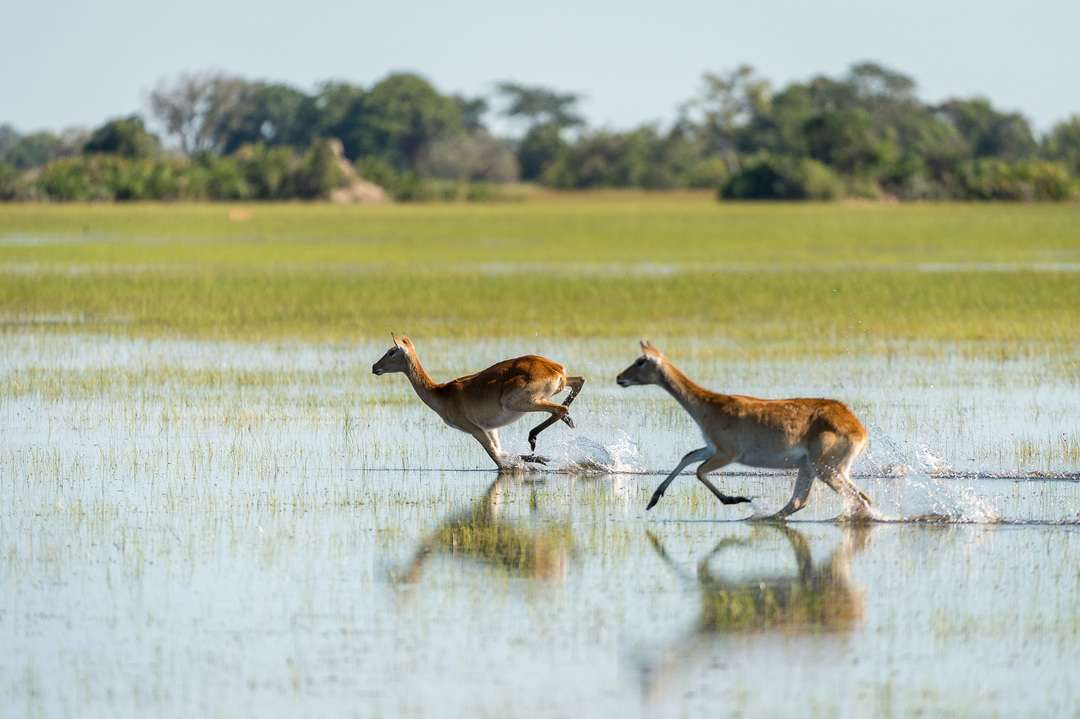
The Place of Plenty – Mombo
It is often said that as you walk out onto the main deck at Mombo and view the floodplain dotted with an astonishing variety of game, you understand why Mombo is known as “the place of plenty.” Rebuilt in 2018, our flagship camp maintains the integrity of its pristine environment through the use of natural materials, minimal human footprint and 100% solar status. Elevated on wooden decks beneath towering shade trees, elegant, expansive guest suites celebrate the history and traditions of the camp, while a large deck and plunge pool are ideal vantage points from which to observe the passing wildlife.
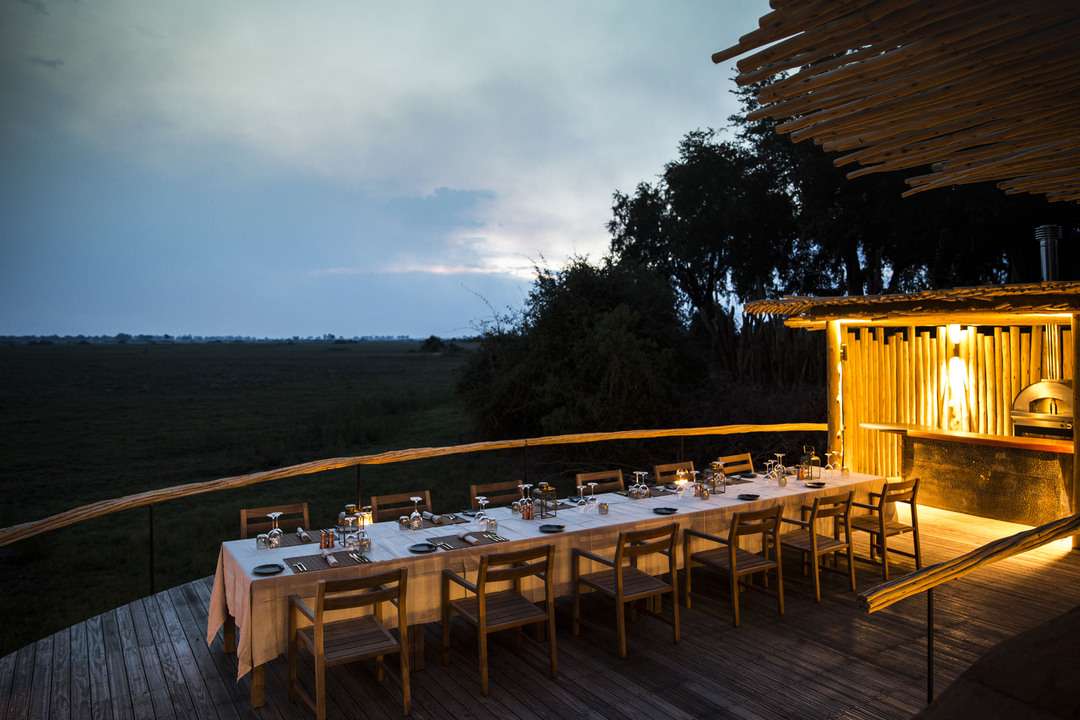
The Mombo Wildlife Area is renowned for the massive concentrations of plains game and predators that live here. These include all the big cats, of which lion sightings are frequent. Leopard, spotted hyaena, large herds of buffalo, elephant, giraffe, blue wildebeest, Burchell's zebra and more abound, while cheetah and wild dog sometimes move through the area.
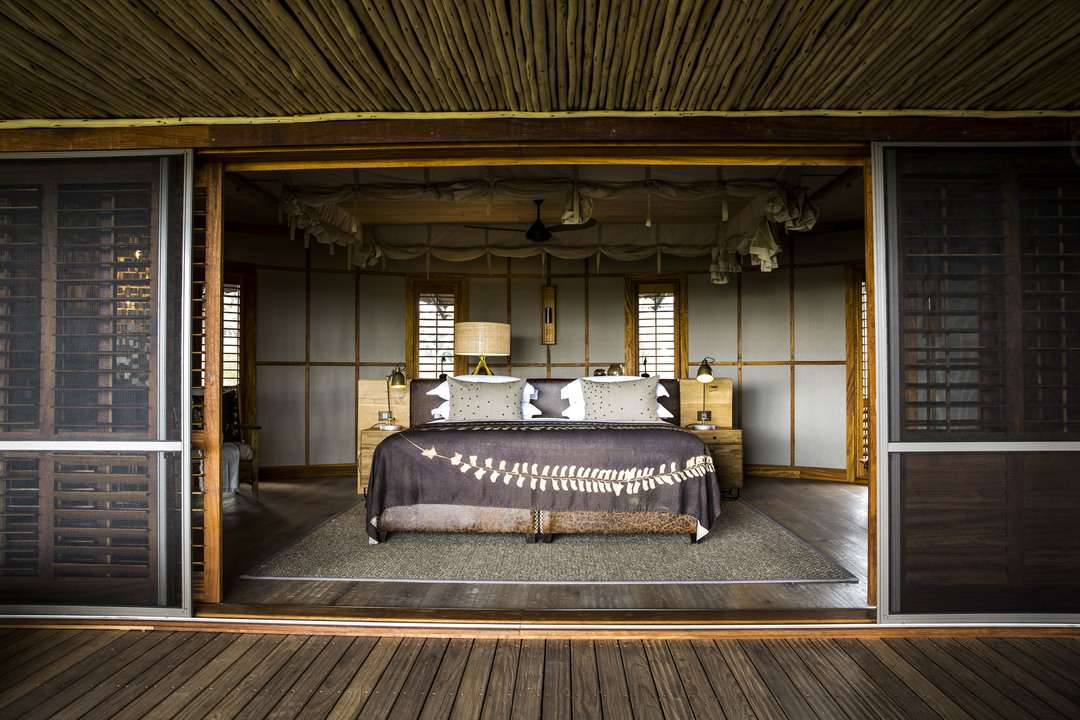

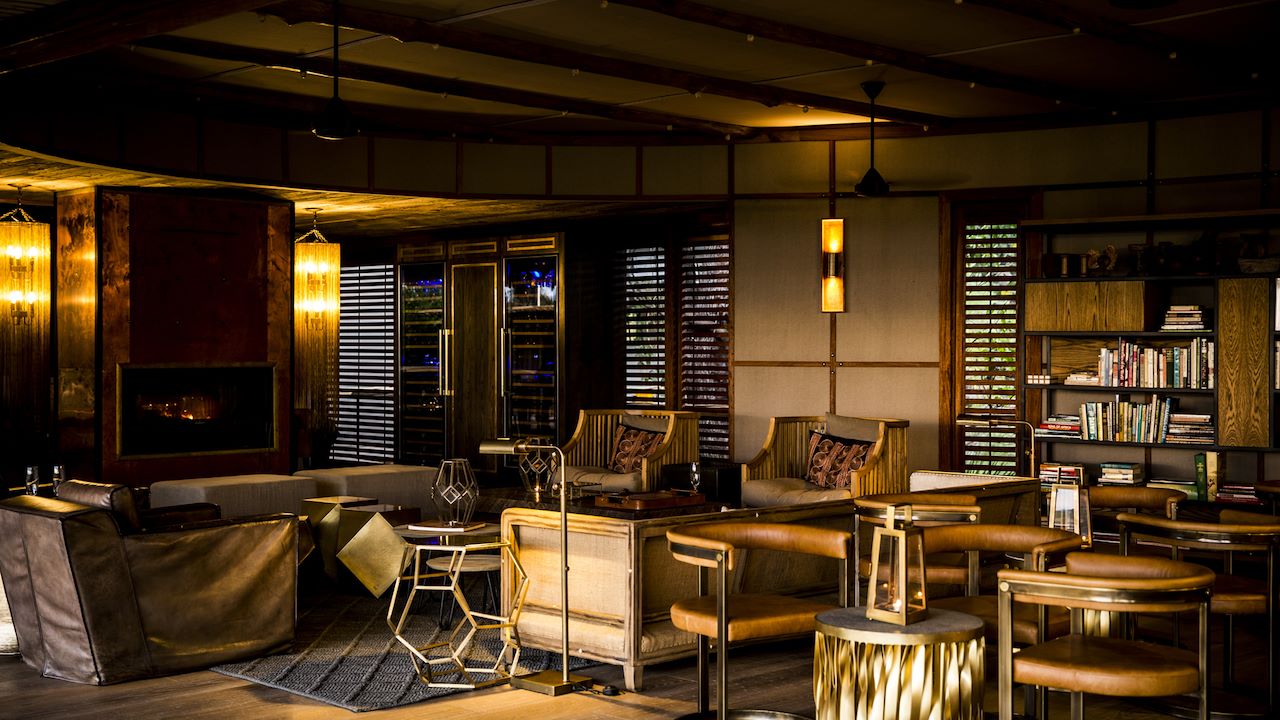
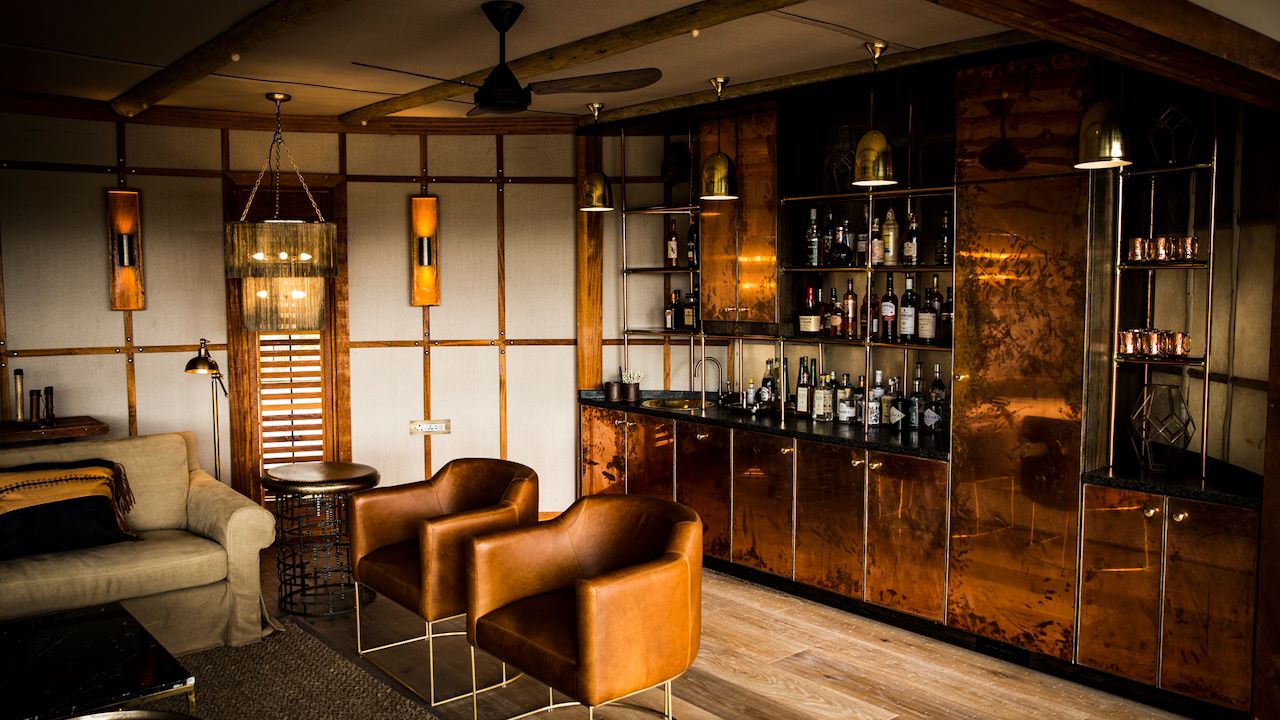



This award-winning camp has seen some amazing leopard activity recently, all of which is informed by its far-reaching leopard legacy. One of the newer resident leopards has been moseying around camp and has chosen Room 5 as his new favourite spot. Identified as one of the youngsters from Phefo's lineage, he is very comfortable on the roof of the tent and has even been seen hunting around camp.
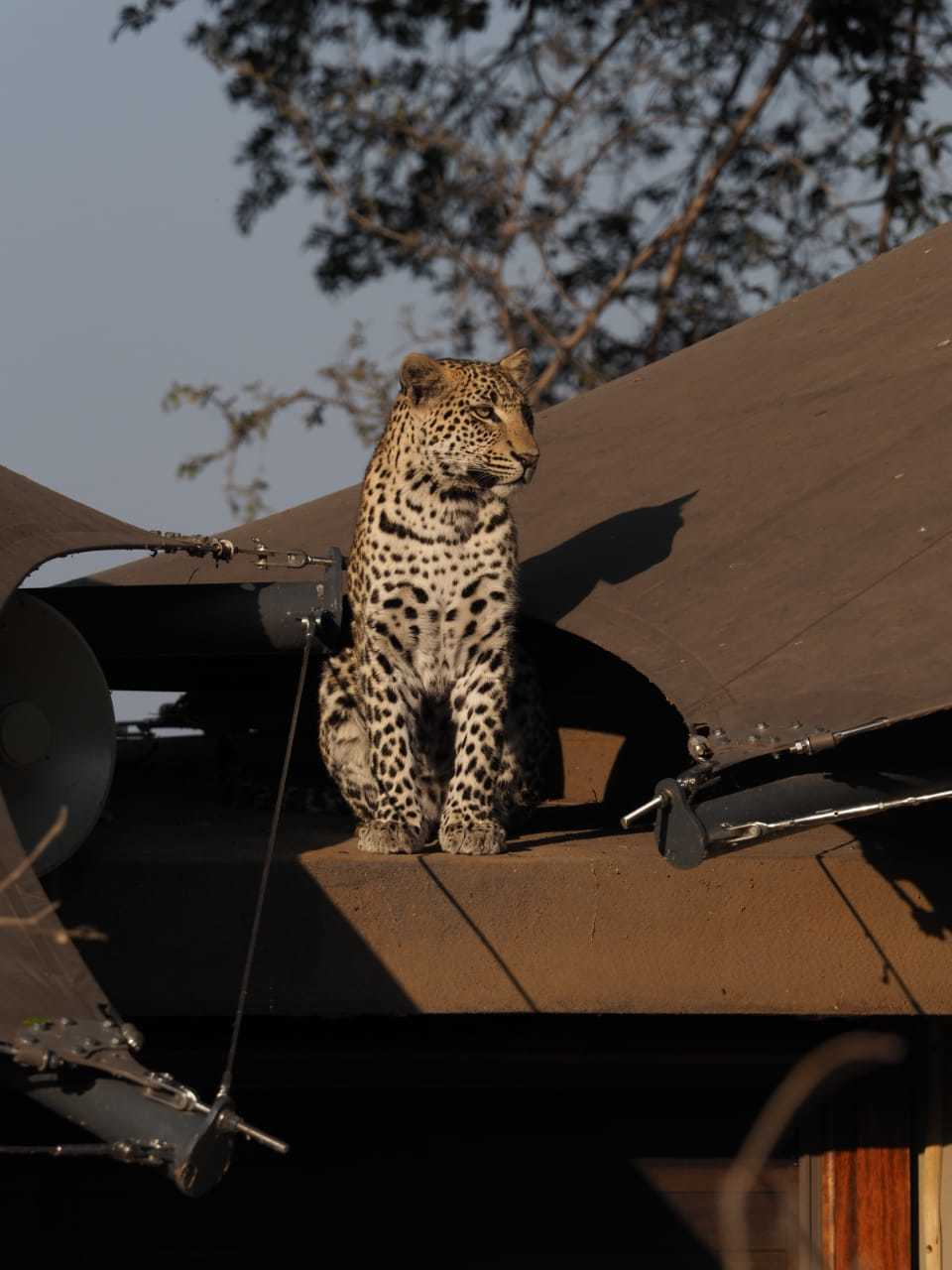
Floodplains, Channels, Islands and Lagoons – Vumbura Plains
A luxurious retreat of contemporary design, Vumbura Plains seems to float on a sea of waving reeds in the midst of a large floodplain. The sumptuous rooms, each with its own plunge pool and sala, are uniquely designed, spacious and elevated on wooden decks to take in a wide-angled vista. Because the area is a mix of water and dry land, wildlife is diverse, so water-loving lechwe splash through the reeds, while rare sable antelope can be seen in the dry savannah. A longstanding partnership between Wilderness and the community has ensured that our ecotourism purpose fulfils its role in benefiting the people of the area.
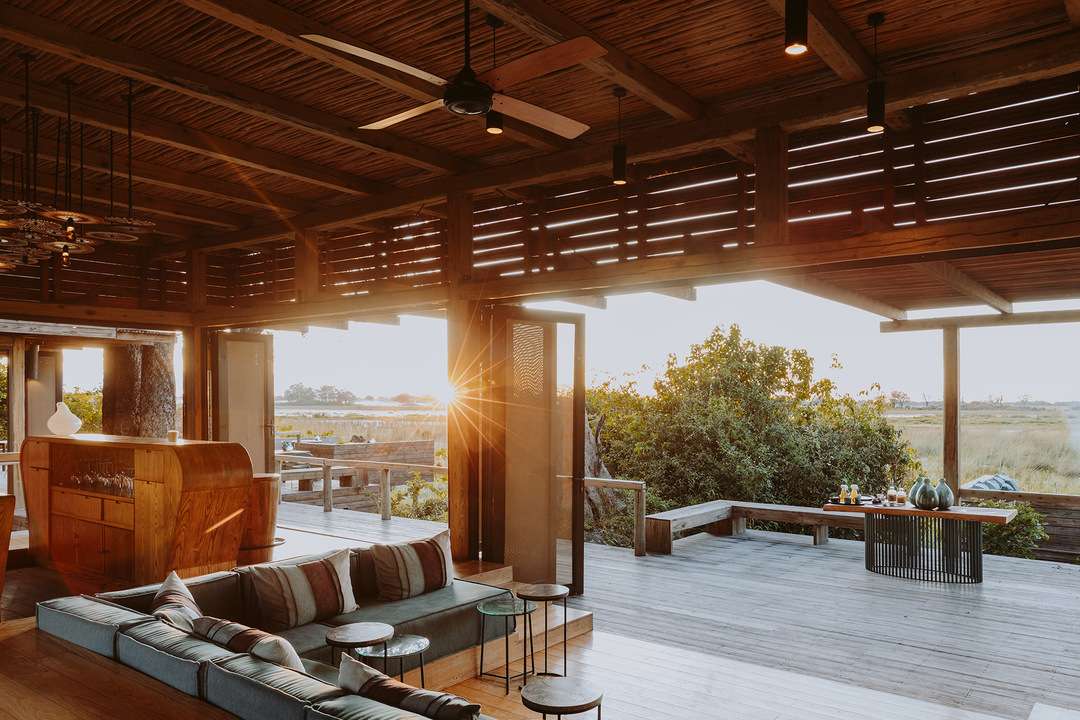
The annually inundated grasslands of the Okavango Delta surrounding Vumbura Plains are locally referred to as 'melapo' and offer good seasonal viewing of elephant, giraffe, impala, sable antelope, kudu, zebra, common waterbuck and reedbuck, tsessebe, wildebeest, red lechwe and Cape buffalo. Hippo and crocodile are common in the waterways. Predators include African wild dog, several resident prides of lion, as well as leopard, cheetah and African wildcat. Birding is exceptional all year round.
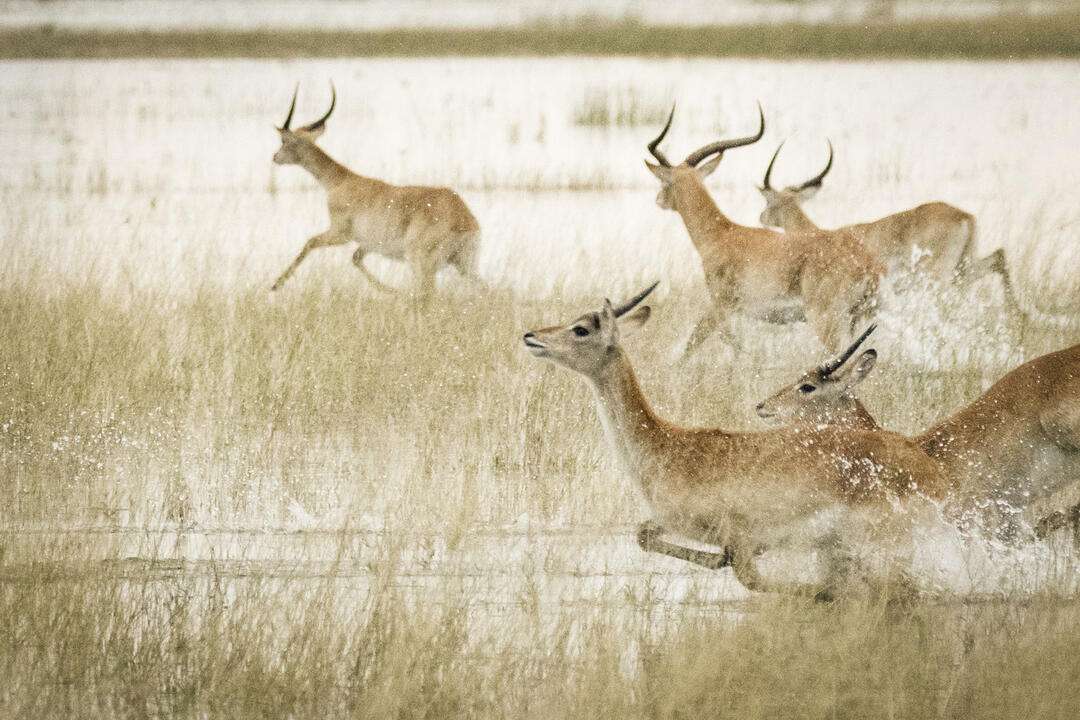
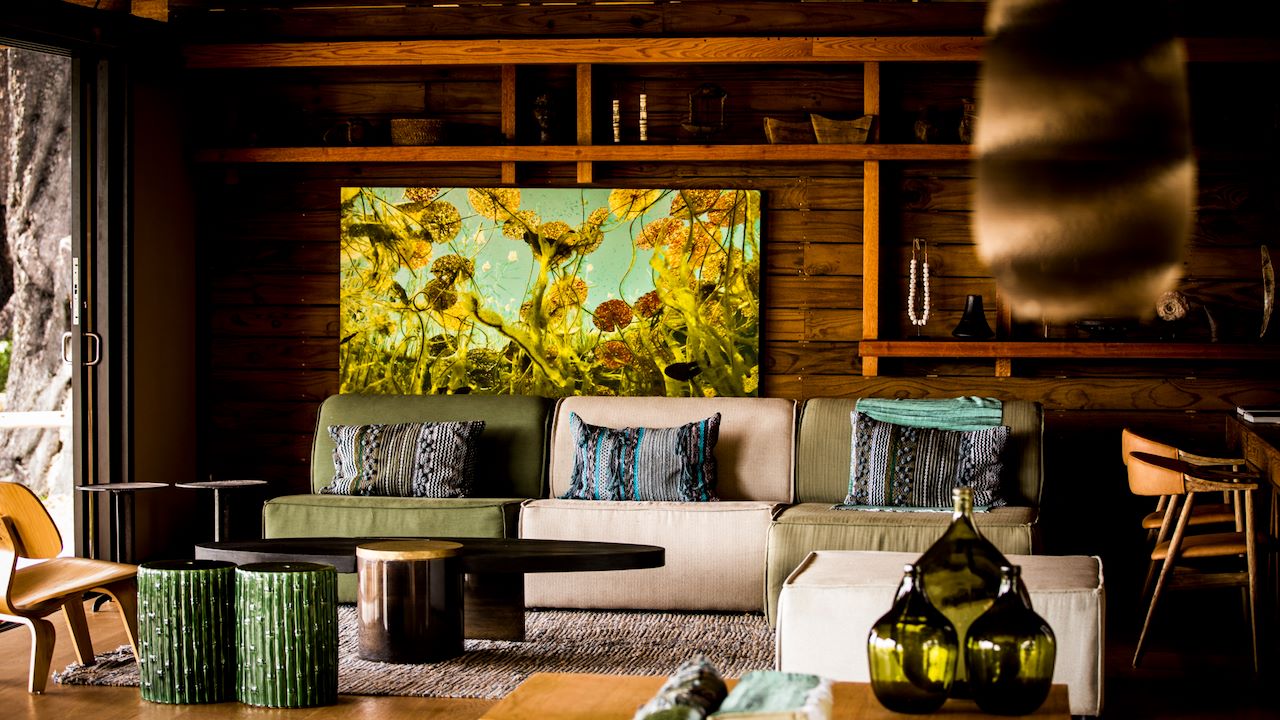
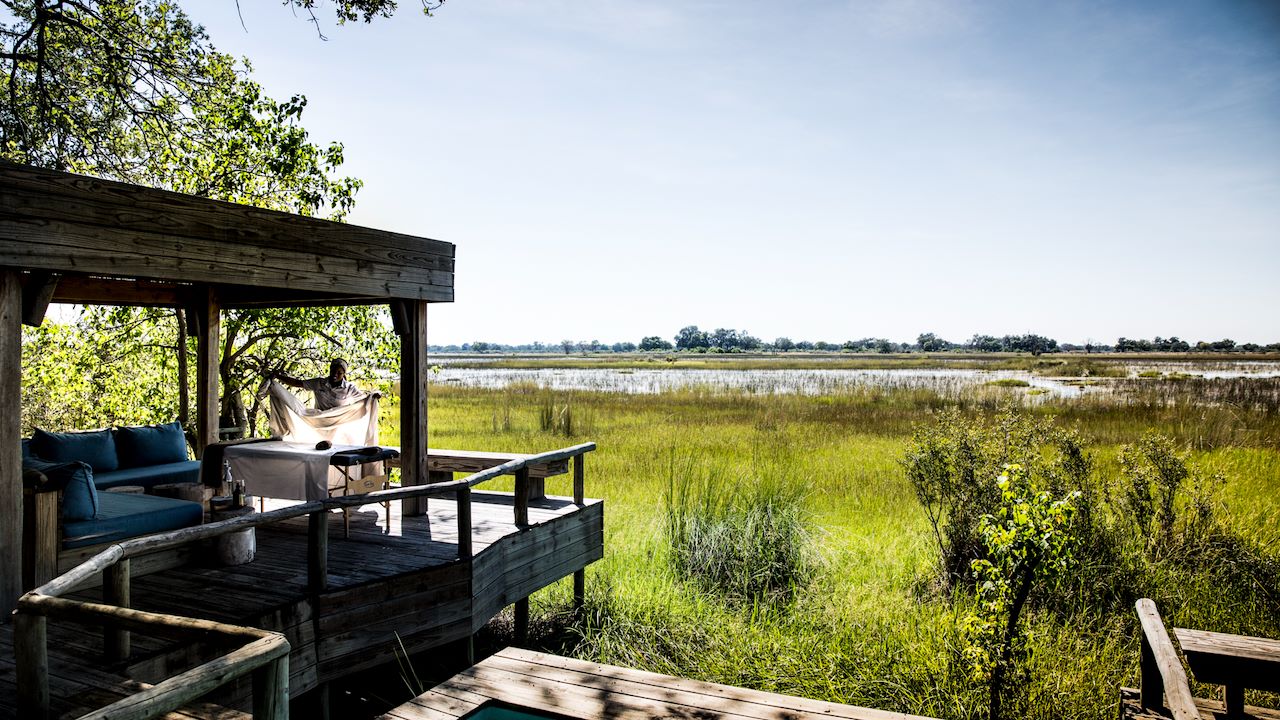


Experience a mokoro ride – there is no better way of exploring the Okavango than by this traditional dugout canoe. These tranquil excursions reveal the fascinating smaller creatures of the Delta, including colourful frogs and lively water birds.
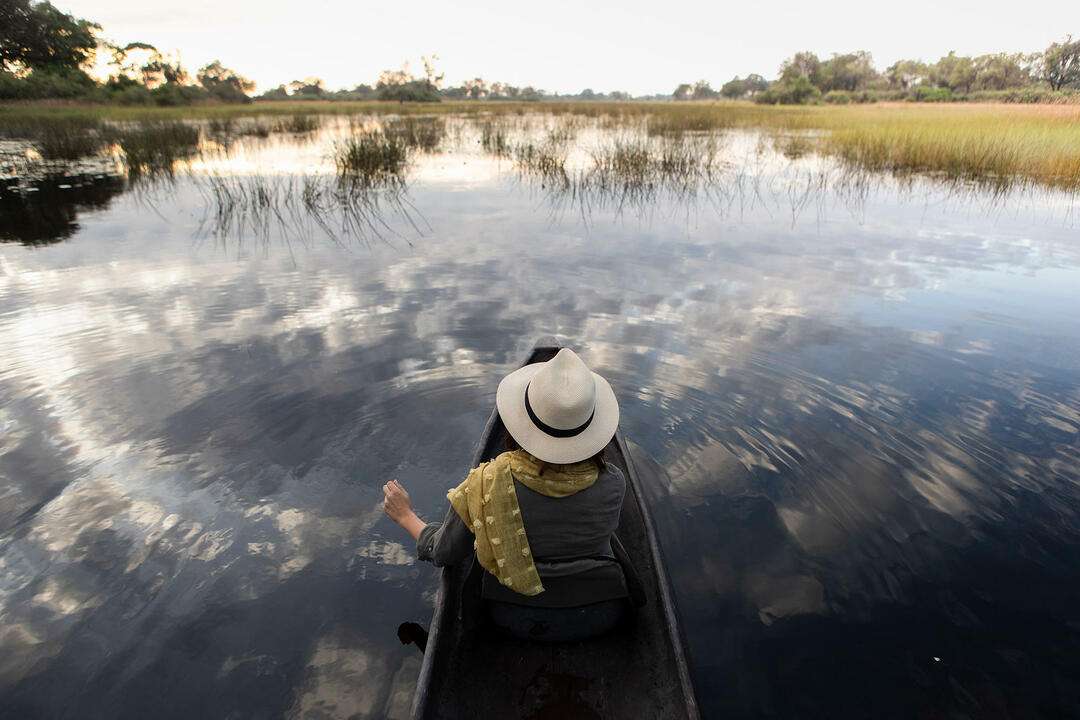
Where Land Meets Water – Jao
In the heart of the Okavango, luxurious Jao is set amongst islands fringed with riverine forests and vast floodplains teeming with prolific wildlife. The camp (rebuilt in 2019) comprises a main area elevated into the tree canopy, two exclusive villas and five suites, all with private plunge pools, lounge and dining areas, and en-suite bathrooms, including indoor and outdoor showers. The two Jao villas, accommodating four people each in two identical guest rooms, share a main area, and also have an exclusive vehicle, guide, chef and butler.
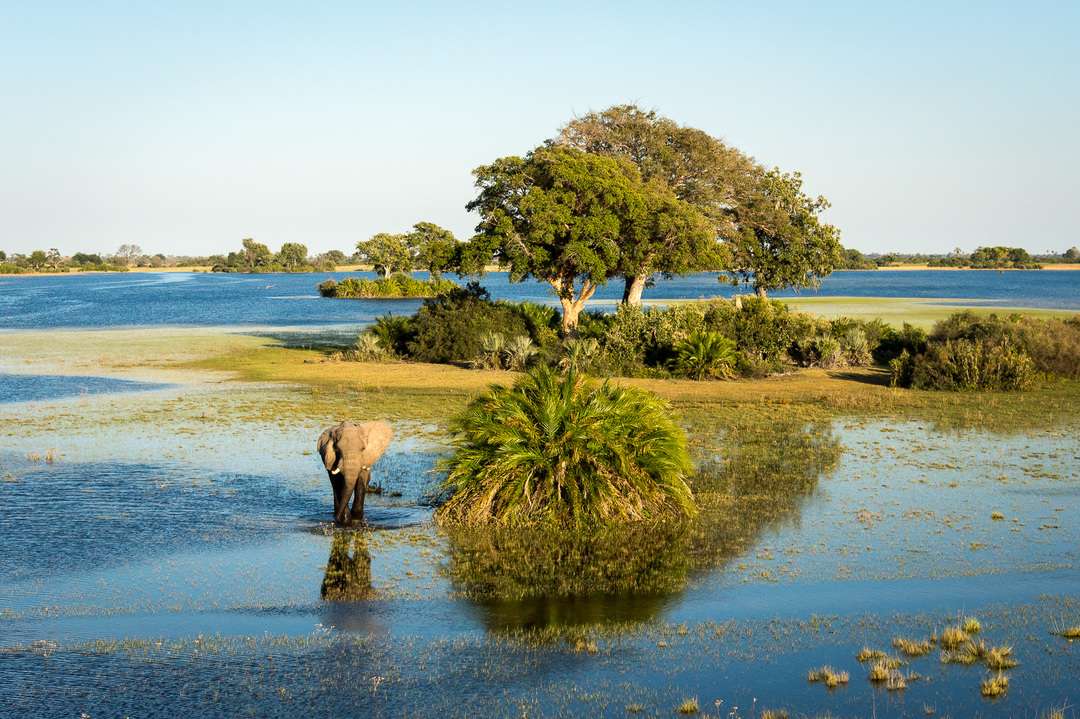
Jao Camp, recently awarded a spot on the prestigious Condé Nast Traveler’s 2020 Hot List, was built to blend in with and encapsulate the Delta and all its colours. With the waters’ arrival, the design now truly shows off the camp’s beauty and elegance. And as the seasonal water rises and surrounds the island, it brings not only a fresh lease on life to the trees and plants, but splashes of colour through the flowers and lilies. The amazing views and reflections in the water appear to place the Jao villas and main area on pedestals, while at the same time evoke a feeling that it was always there, part of nature, a secret island in the Delta.
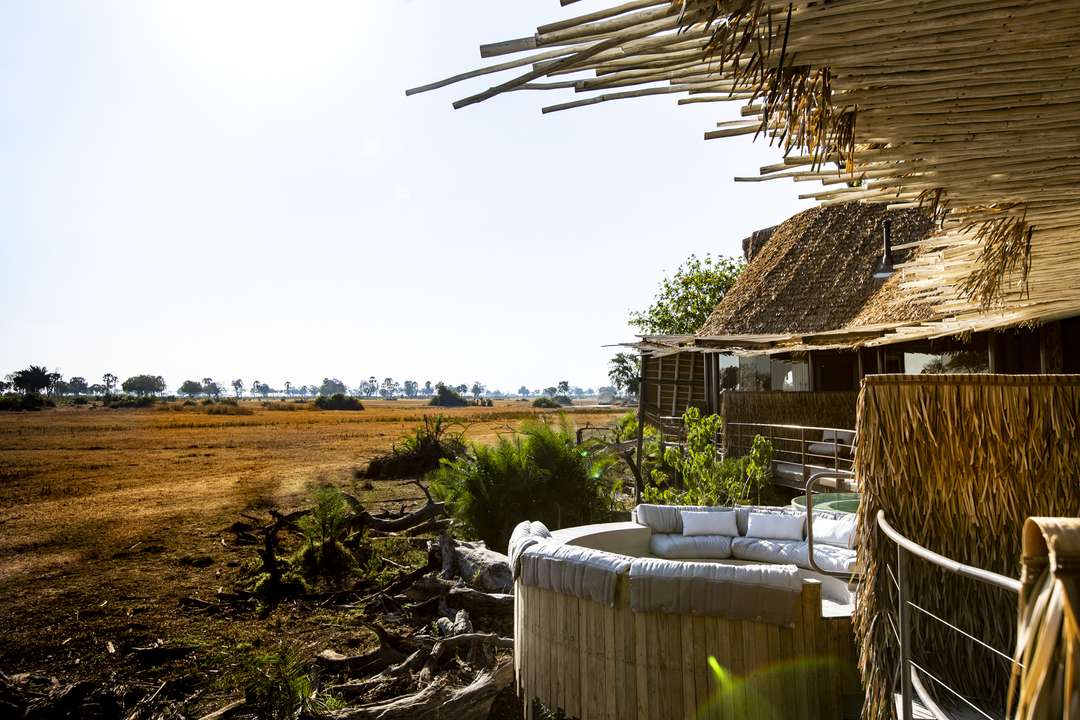
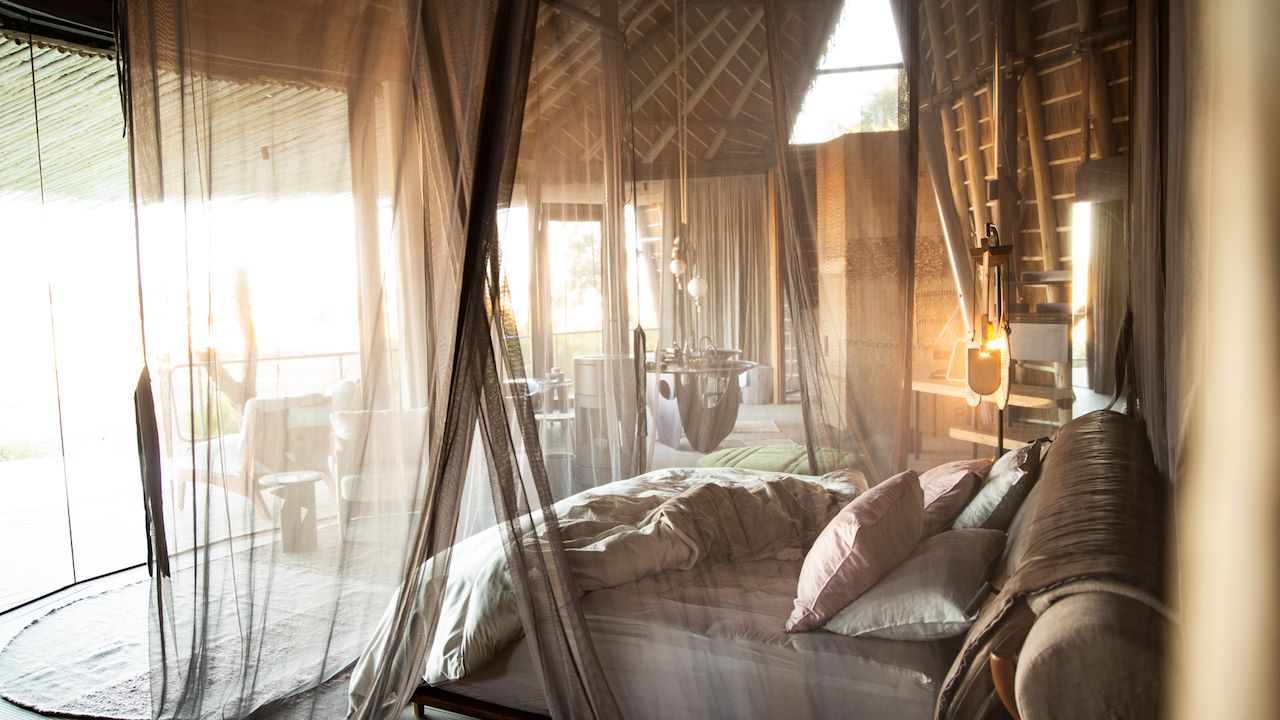
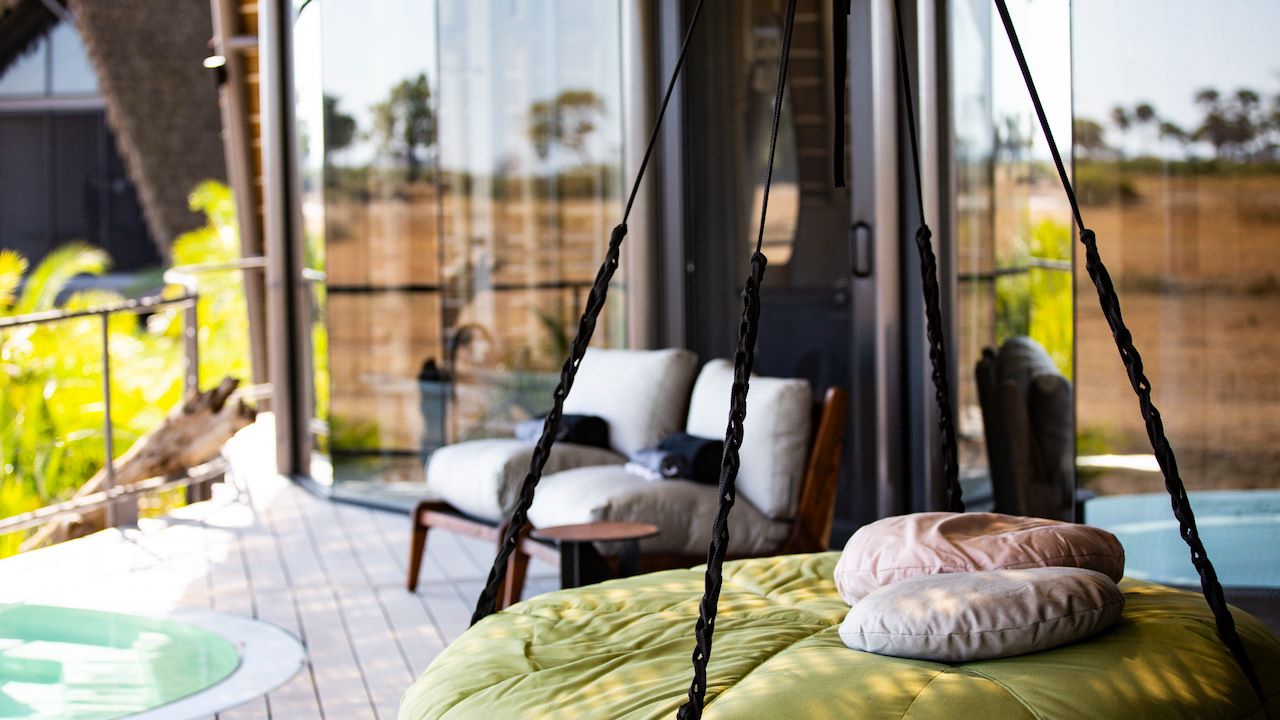


Water Wilderness – Jacana
Situated on a small island in the scenic Jao Flats area of the reserve , Jacana is a true water camp, where boating and mokoro excursions take advantage of the quiet channels and inundated floodplains to see some of the more fascinating creatures of the Delta – maybe even sitatunga – as well as the wealth of waterbirds. Day game drives take place all year round.
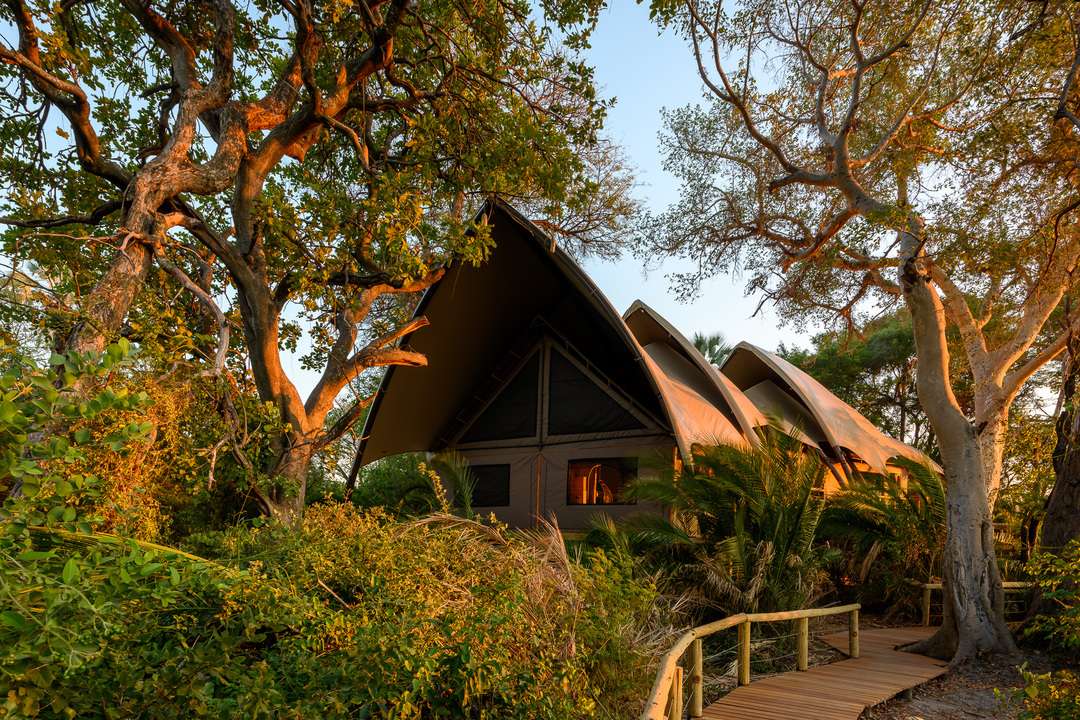
Rooms are built on raised wooden decks, all with beautiful views over the water. The main area is set on an elevated wooden deck nestled between two enormous sycamore trees, surrounded by dense wild date palms, with a large viewing deck and open area for sitting around the fire.
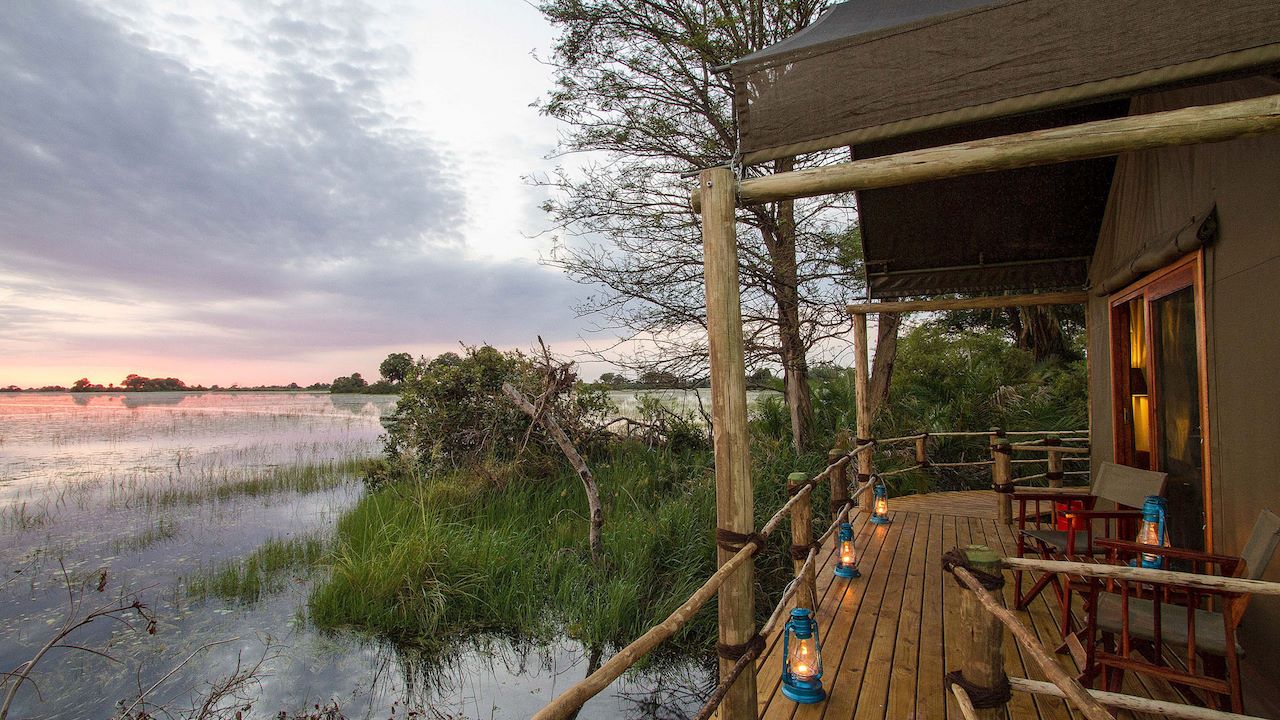
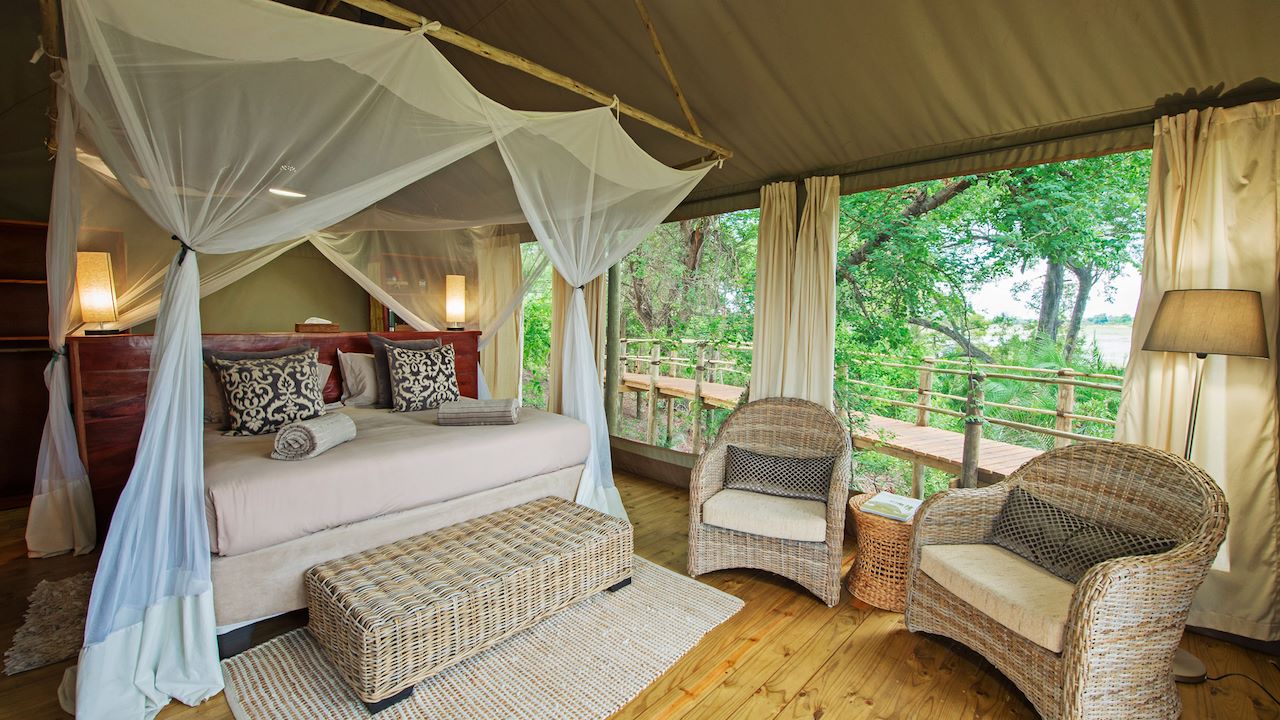


Glide serenely along the waterways of Jacana in a mokoro and spot some of the smaller, fascinating creatures of the Delta, as well as impressive heronries and a wealth of other water birds of the region.
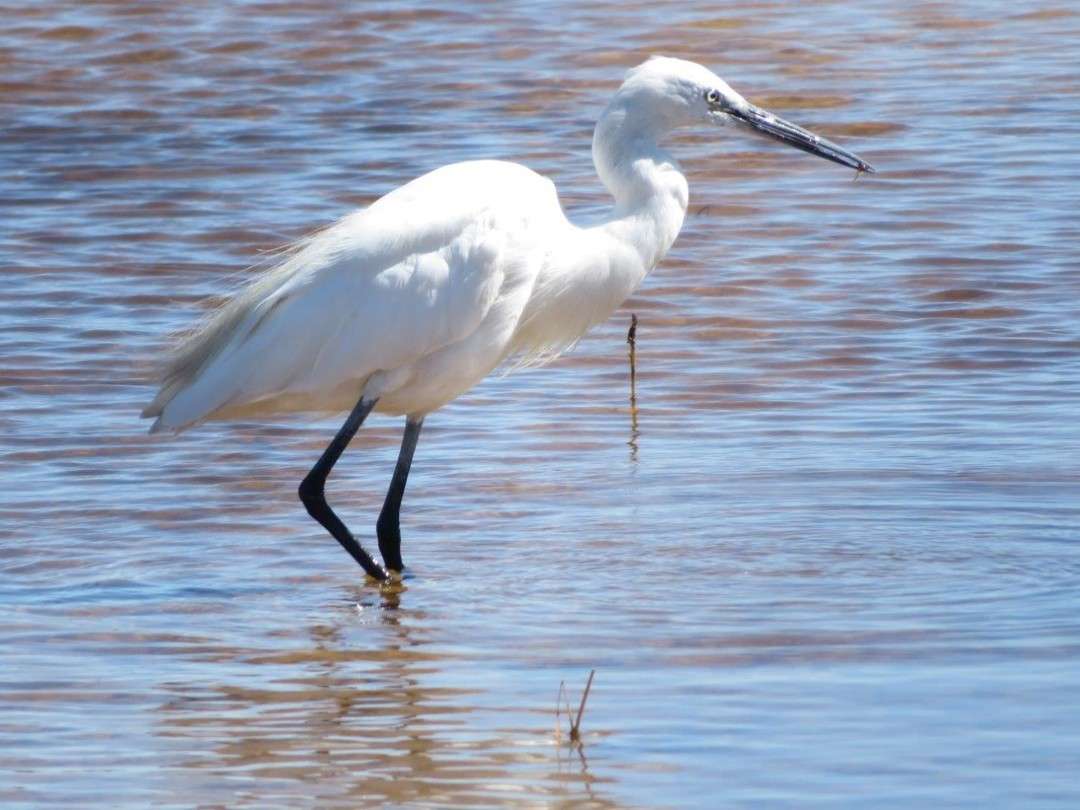
The Place Where the Buffalo Broke Through the Bush into the Water – Qorokwe Camp
Qorokwe Camp combines contemporary style with a classic bush feel. Its tented suites (including one very spacious family unit complete with private plunge pool) are well shaded and catch the prevailing breeze. The whole camp, including the magnificent main area, overlooks a lagoon, and the infinity pool is a focal point for the expansive views.
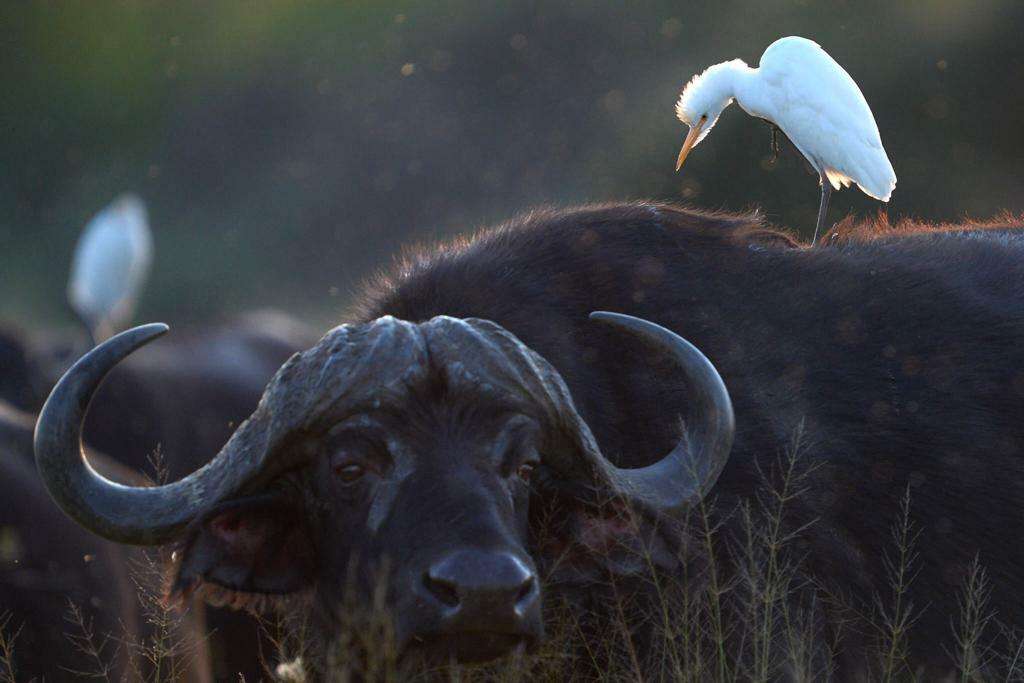
In addition to Qorokwe’s commitment to a light carbon footprint, including 100% solar-generated power, this camp plays an important role in the empowerment of local communities through job creation and other income-generating opportunities.
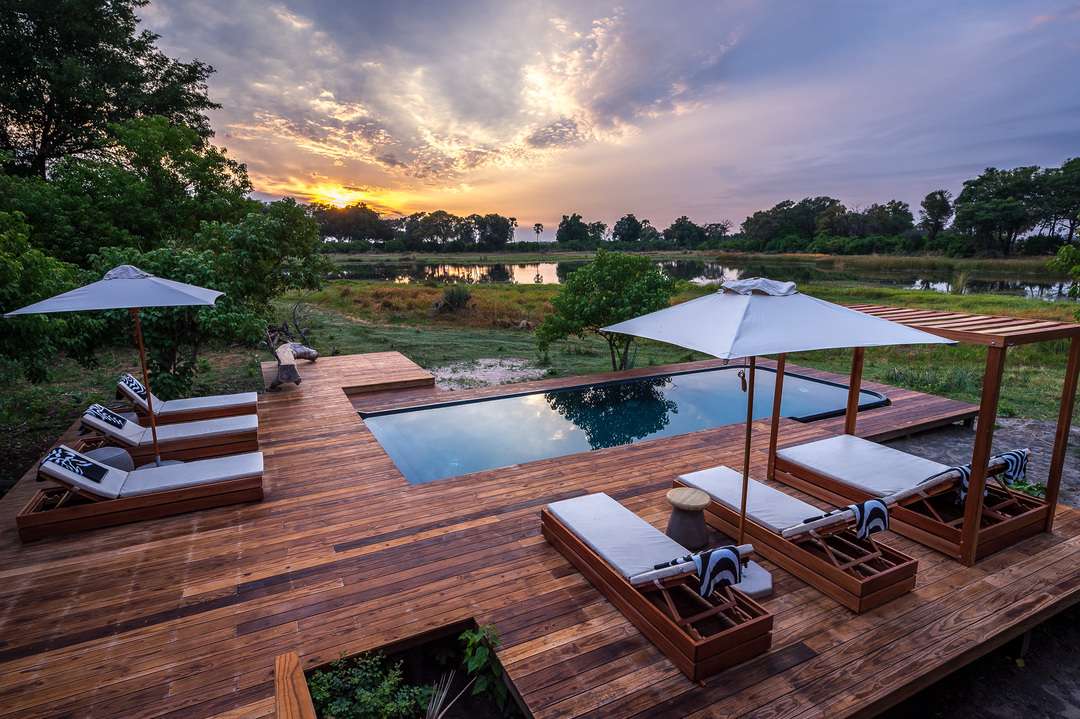
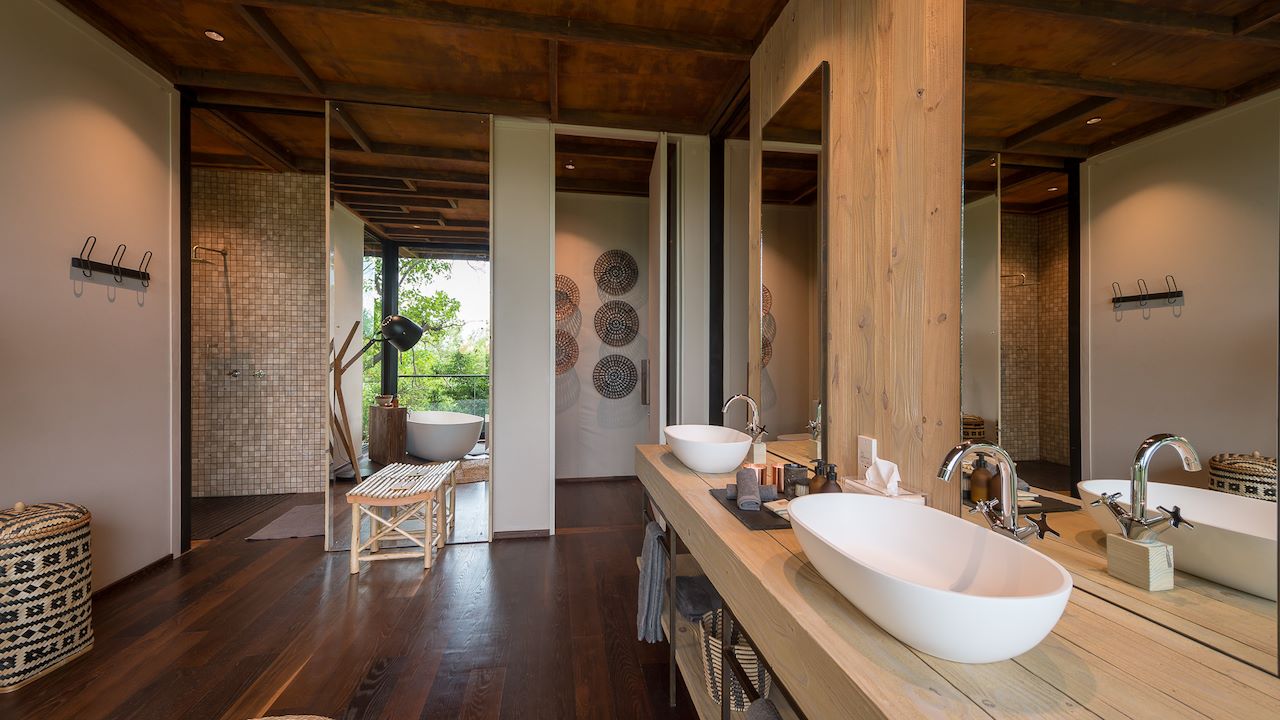
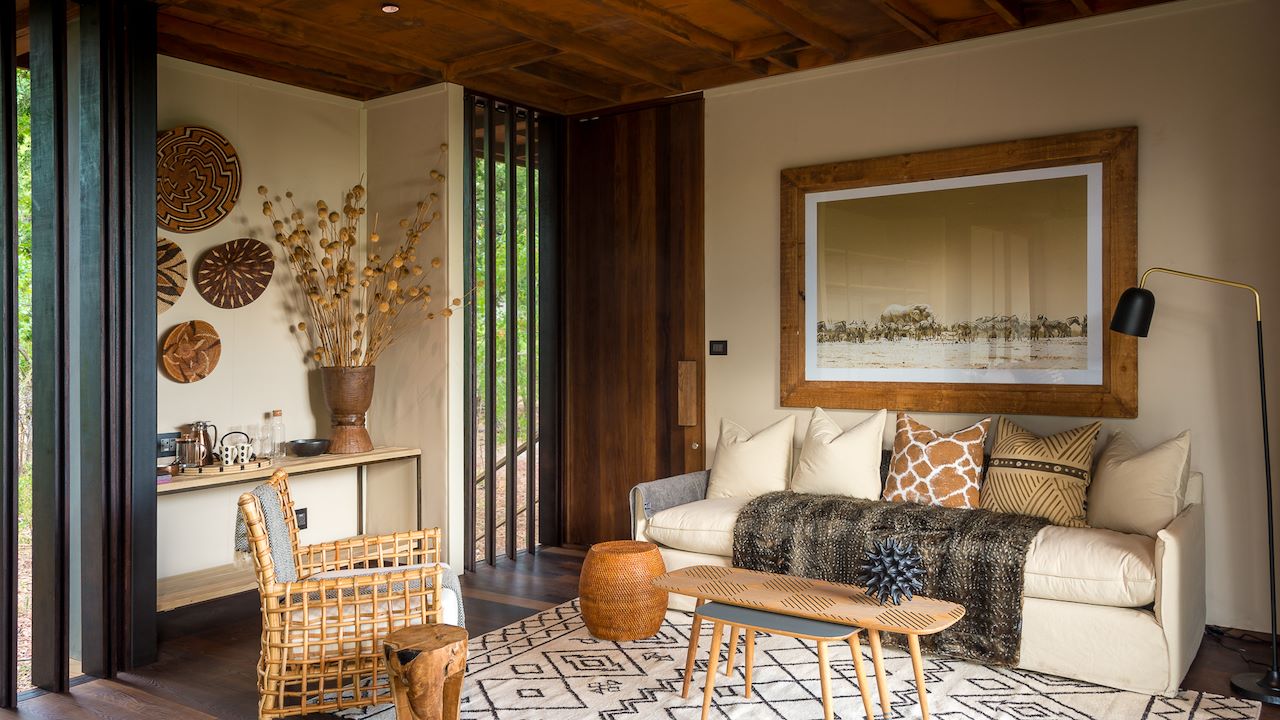


The birdlife is excellent and varies throughout the year, both in camp and along the Gomoti River, depending on water levels and season. Look for African hawk-eagle, ground hornbill, scarlet-chested sunbird, red-billed hornbill, gabar goshawk and red-billed francolin.
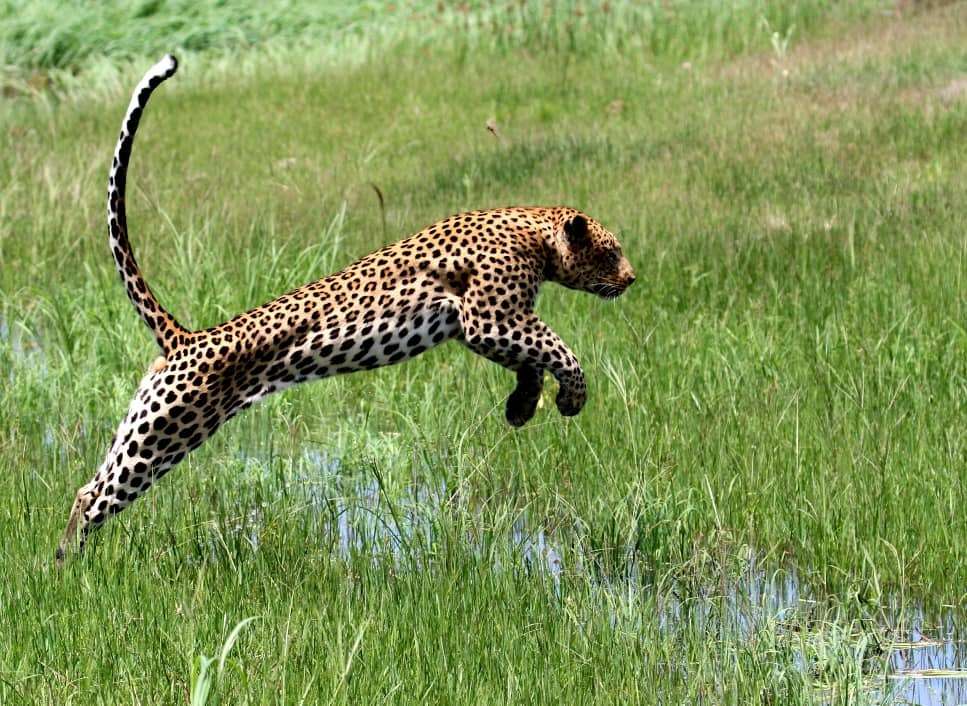
Linyanti Wildlife Reserve
A region of woodland and watercourses, northern Botswana’s Linyanti boasts the famous Savuti Channel, an ancient and sporadic watercourse that supports abundant wildlife, and the productive Linyanti River. This area is famous for its huge concentrations of elephant in the dry season, and year-round game viewing.
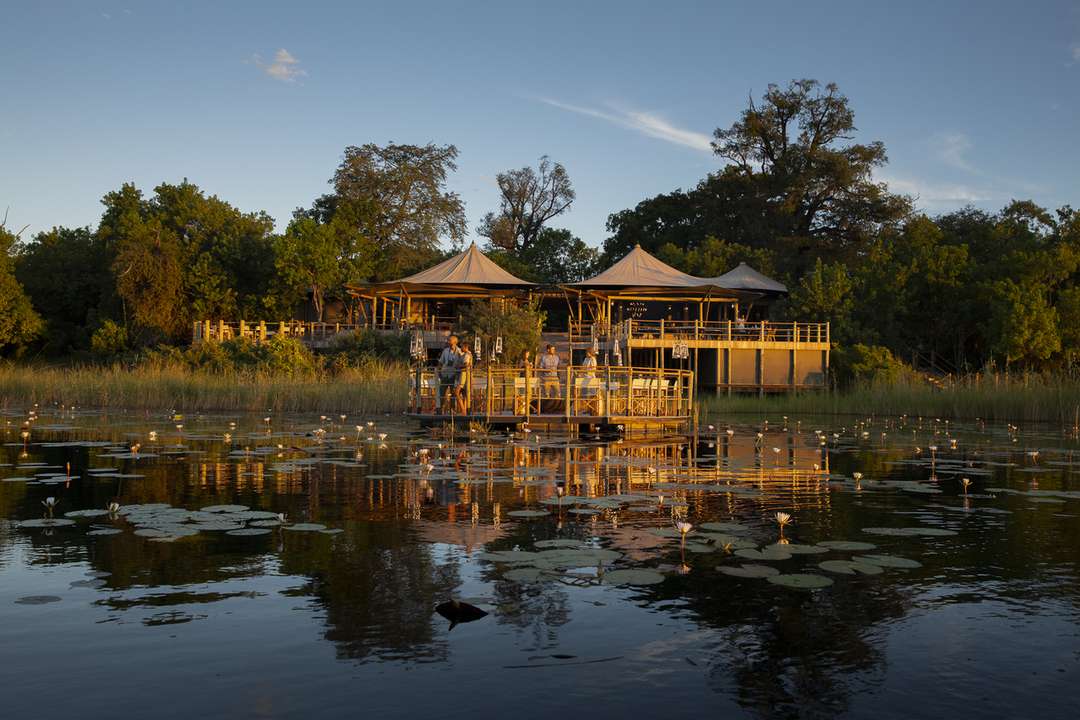
The varied woodland habitats and ancient floodplains along the Linyanti fault-line make the Linyanti an essential stop on any Botswana itinerary.
Botswana’s Wild, Wooded Fault-Line Frontier – King’s Pool
Named for Scandinavian royalty, newly-rebuilt King’s Pool looks out over a sparkling oxbow-shaped lagoon framed by reeds. Its location at the crux of the important wildlife corridor that straddles Angola, Namibia, Zambia and Botswana means it is the centre of vital conservation initiatives. Convivial spaces in the main area take in the view, and an open-air ‘kgotla’ (boma) is the perfect setting for fine dining under the stars. Two hides – one with the water (and wildlife!) literally at eye-level – are perfect places to spend your siesta: here elephant feet and trunks are almost within touching distance. End the day with sundowners on the elegant, colonial-style Queen Silvia barge, floating down the Linyanti River.
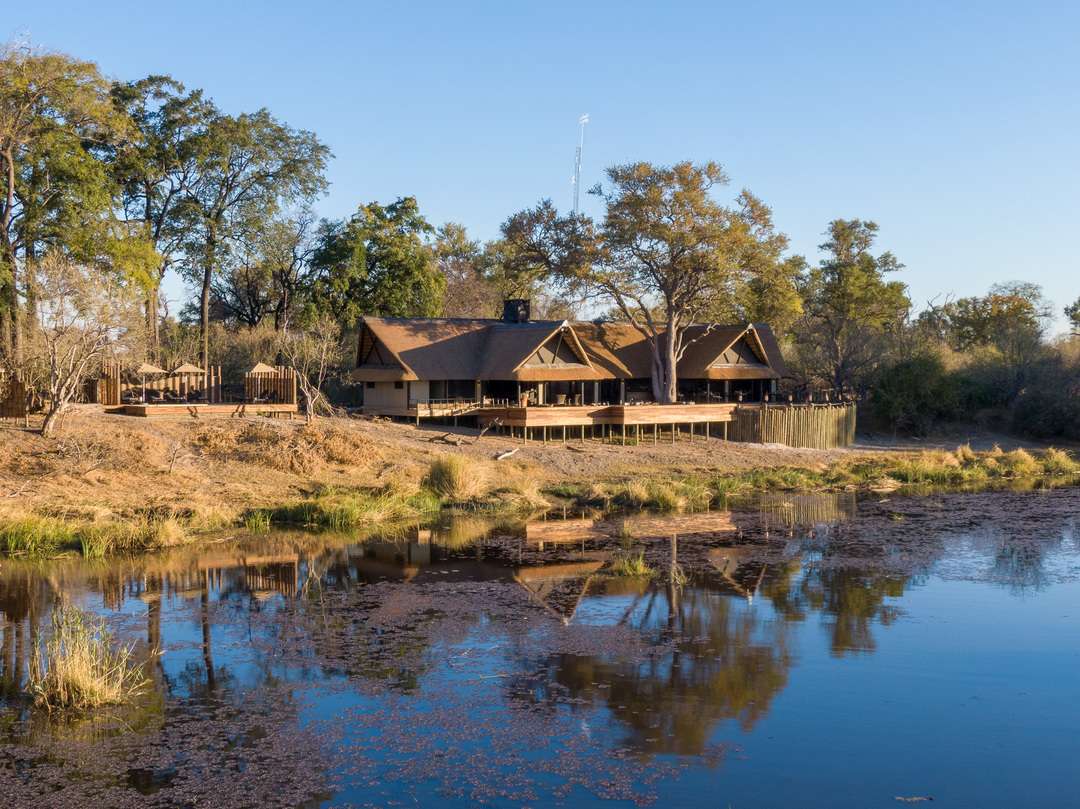
One of the camp's key purposes is to ensure the continued protection of a piece of land in the jigsaw of the Kavango-Zambezi Transfrontier Conservation area – which is pivotal for elephant and wild dog dispersal, and the existence of declining species like roan and sable antelope.
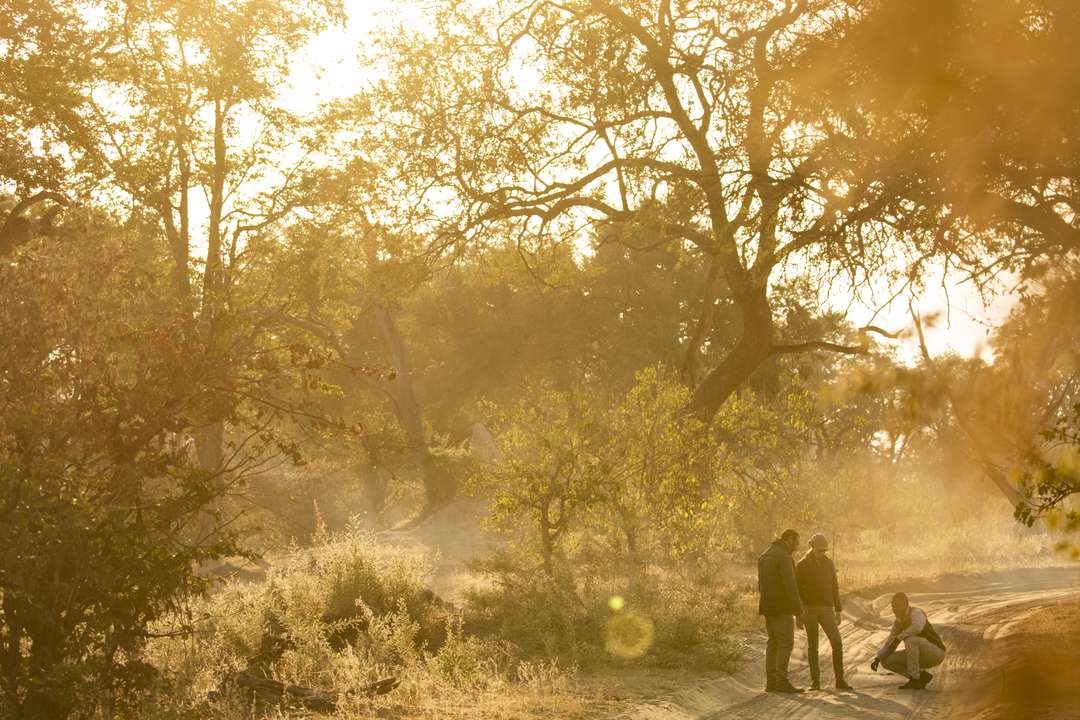
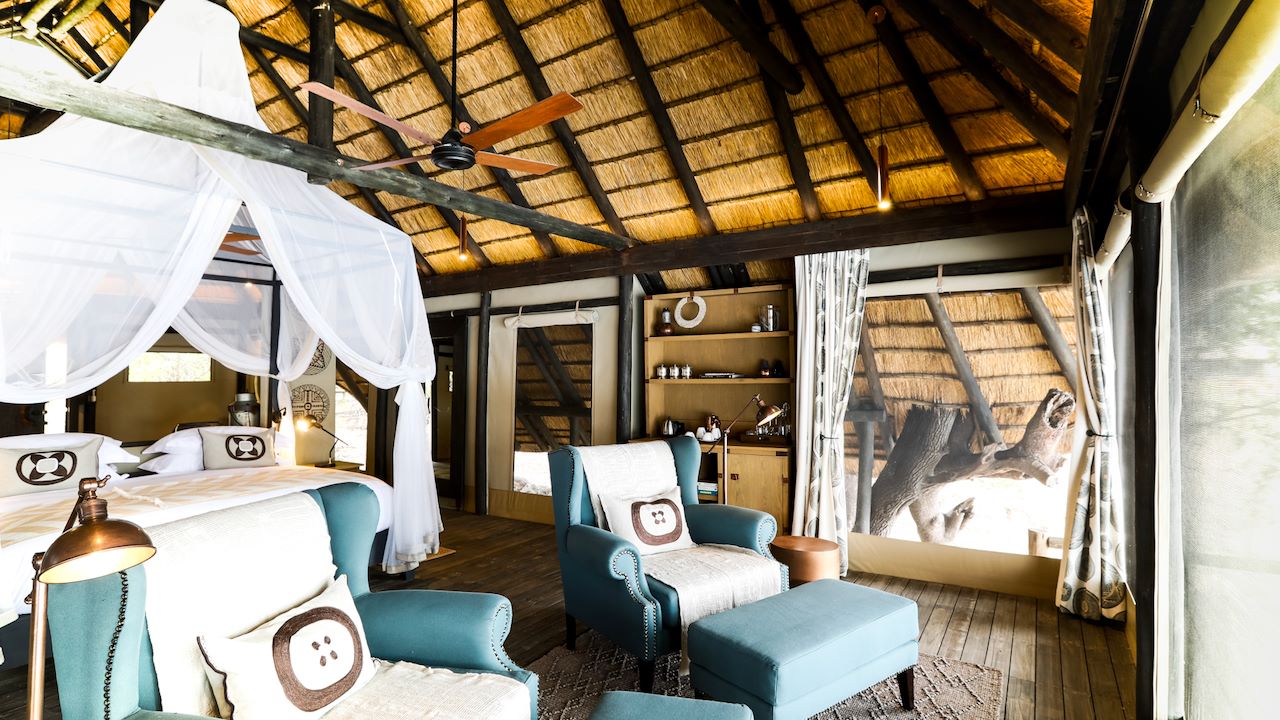
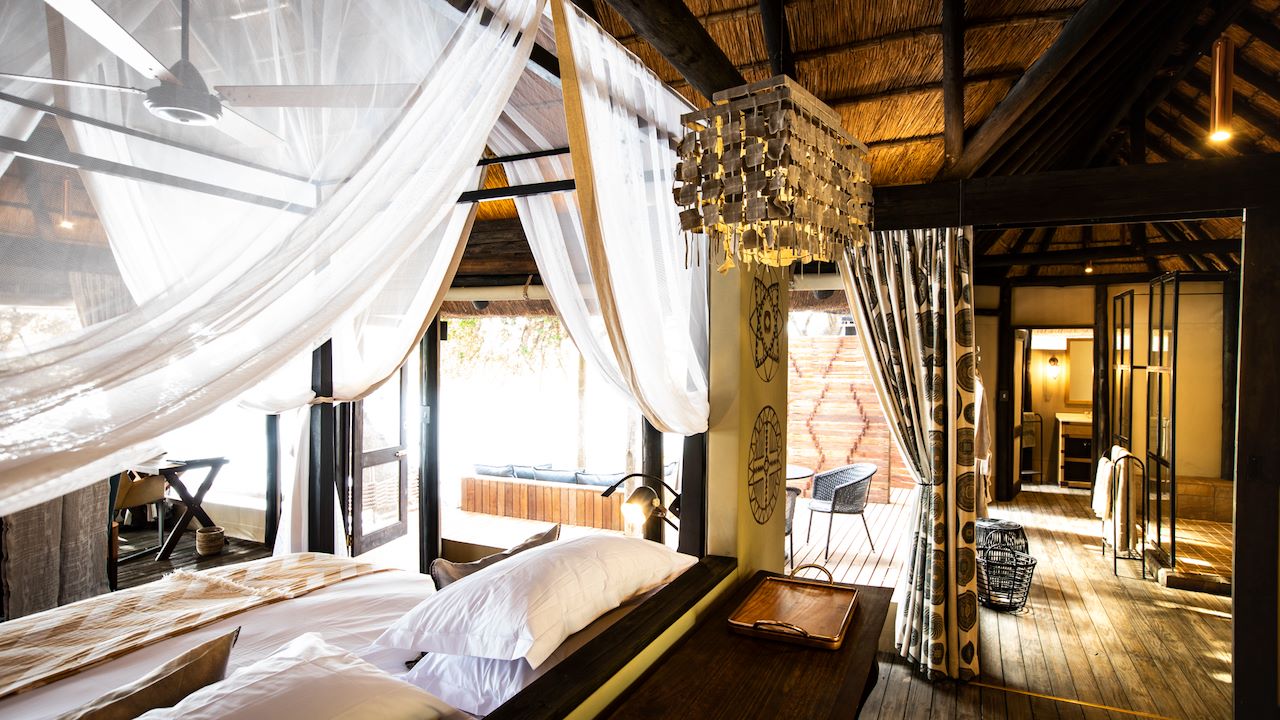
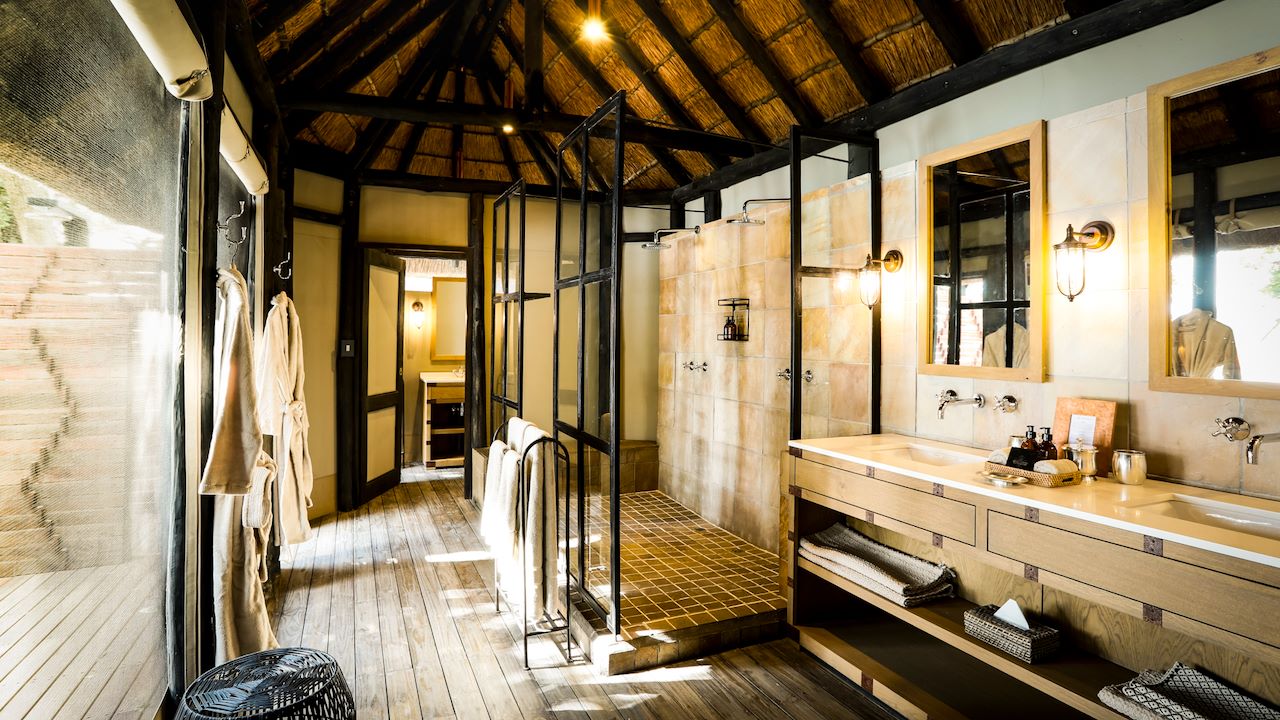



Driven by its reforestation purpose, a tree nursery has been built back-of-house at King’s Pool near the solar plant, allowing easy access to water and utilities to help the saplings grow. Guests in camp are welcome to take a tour of the nursery and even plant their own tree and help with further reforestation.
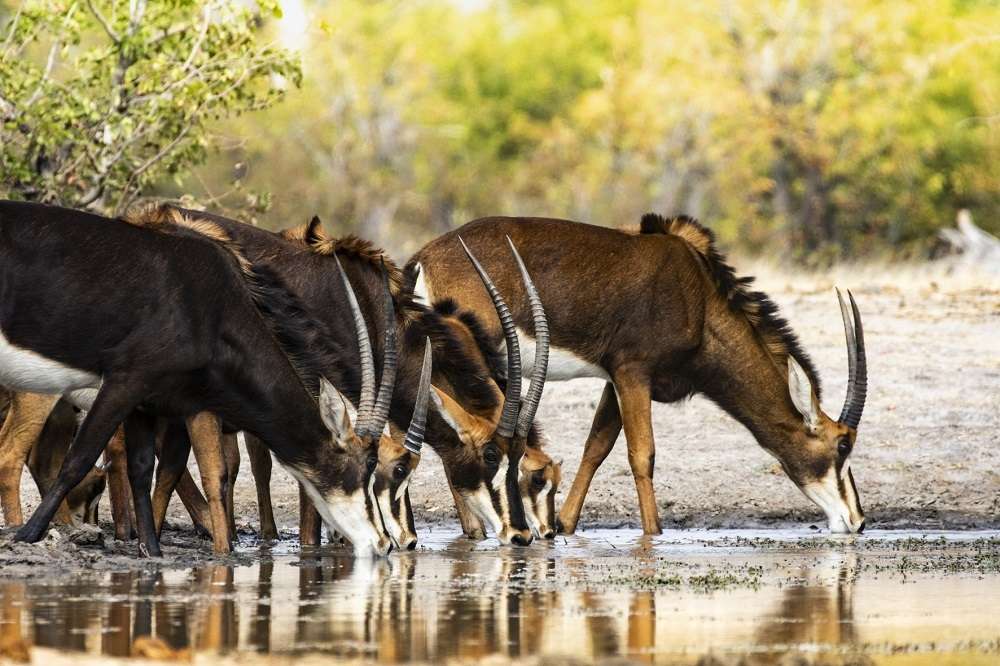
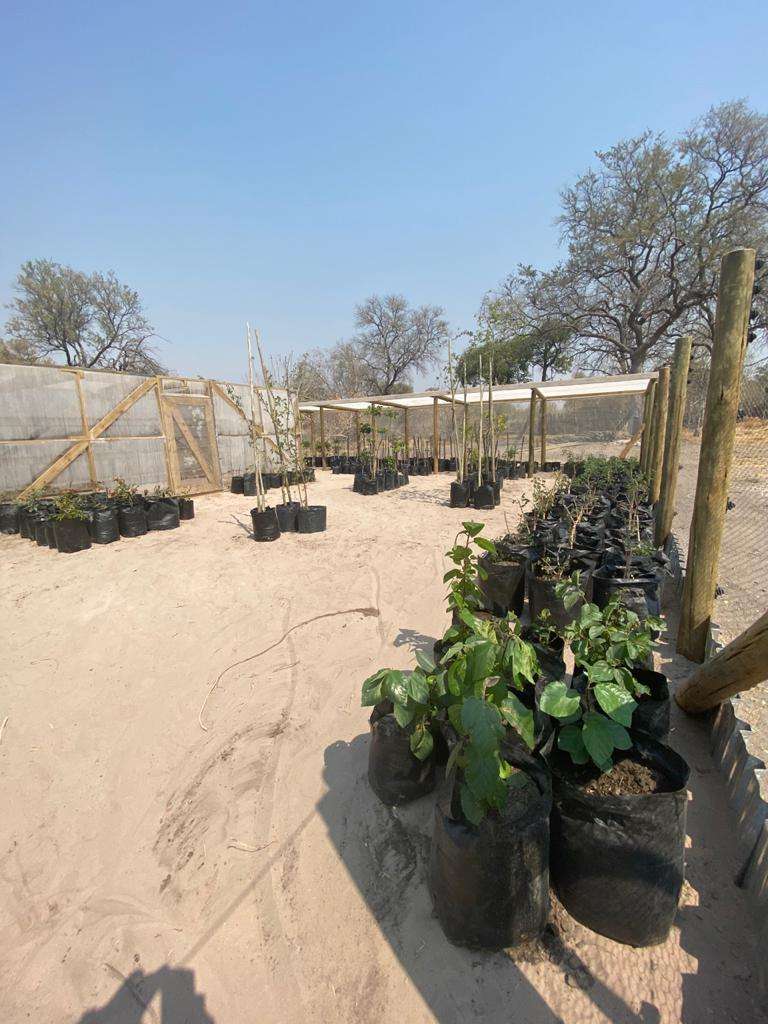
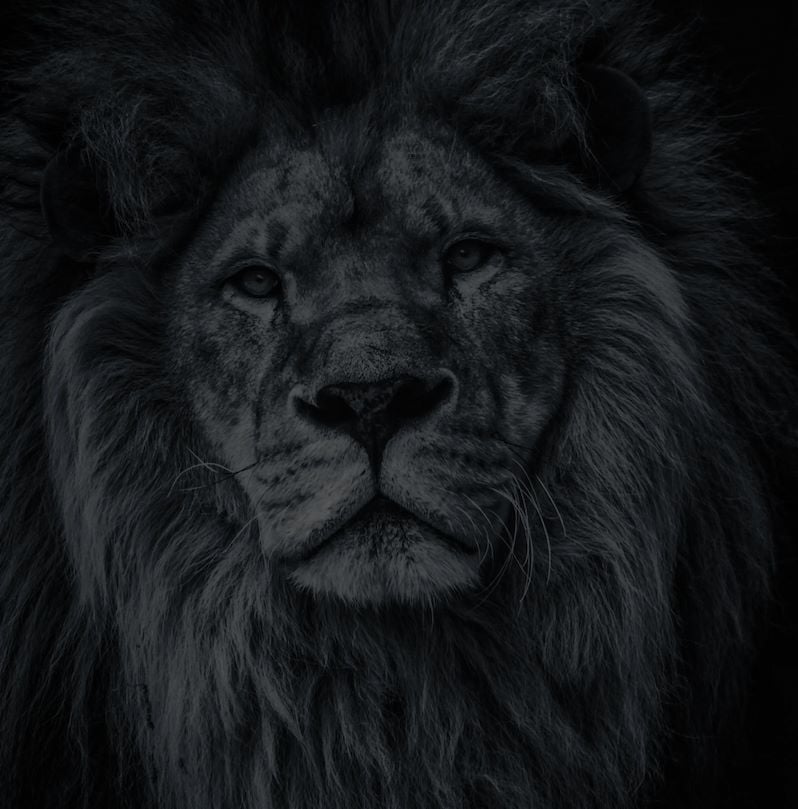
Let’s plan your next journey
Ready?
When we say we’re there every step of the way, we mean it, literally. From planning the perfect circuit, to private inter-camp transfers on Wilderness Air, and easing you through Customs. We’re with you on the ground, at your side, 24-7, from start to finish. Ready to take the road less travelled? Contact our Travel Designers to plan an unforgettable journey.
